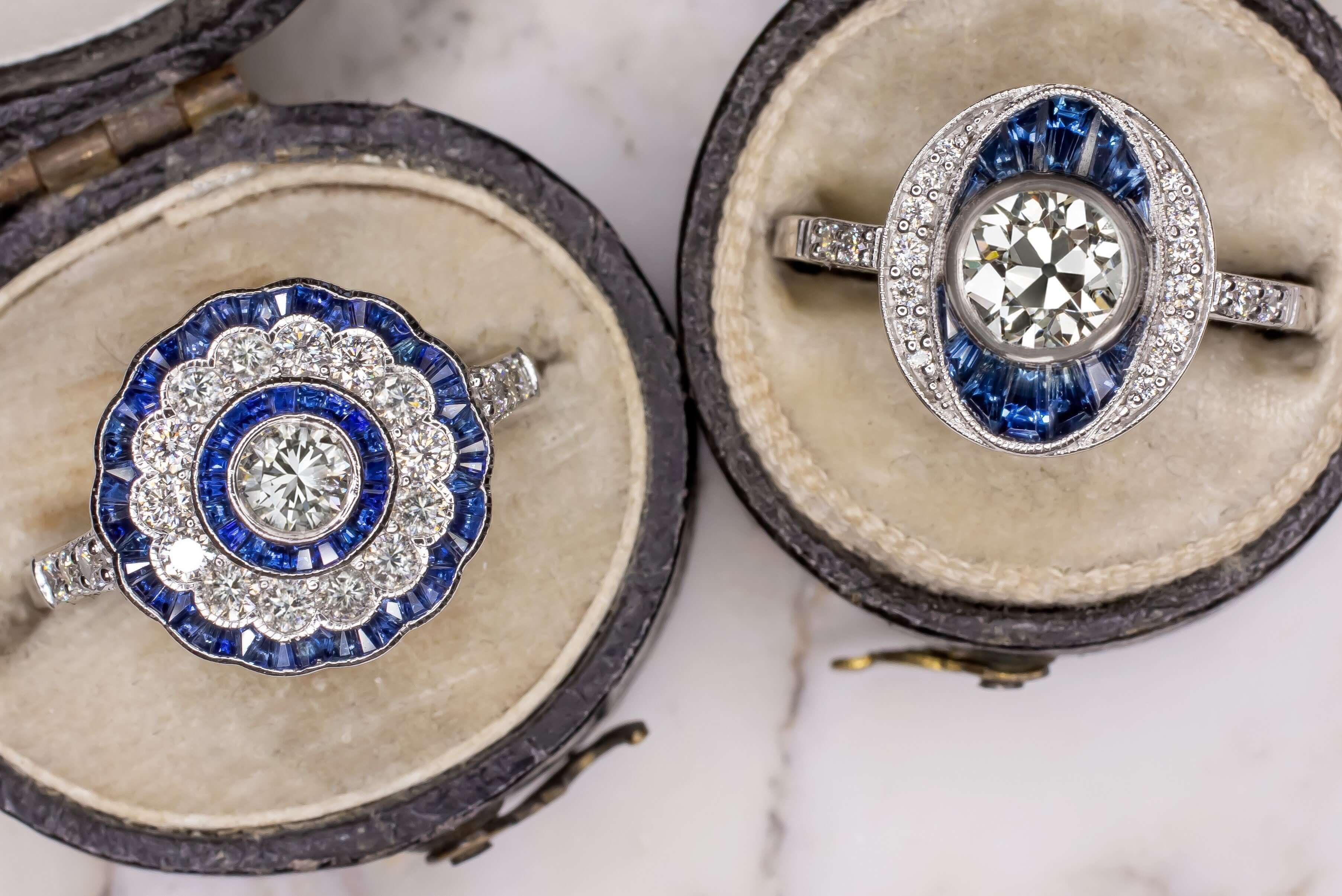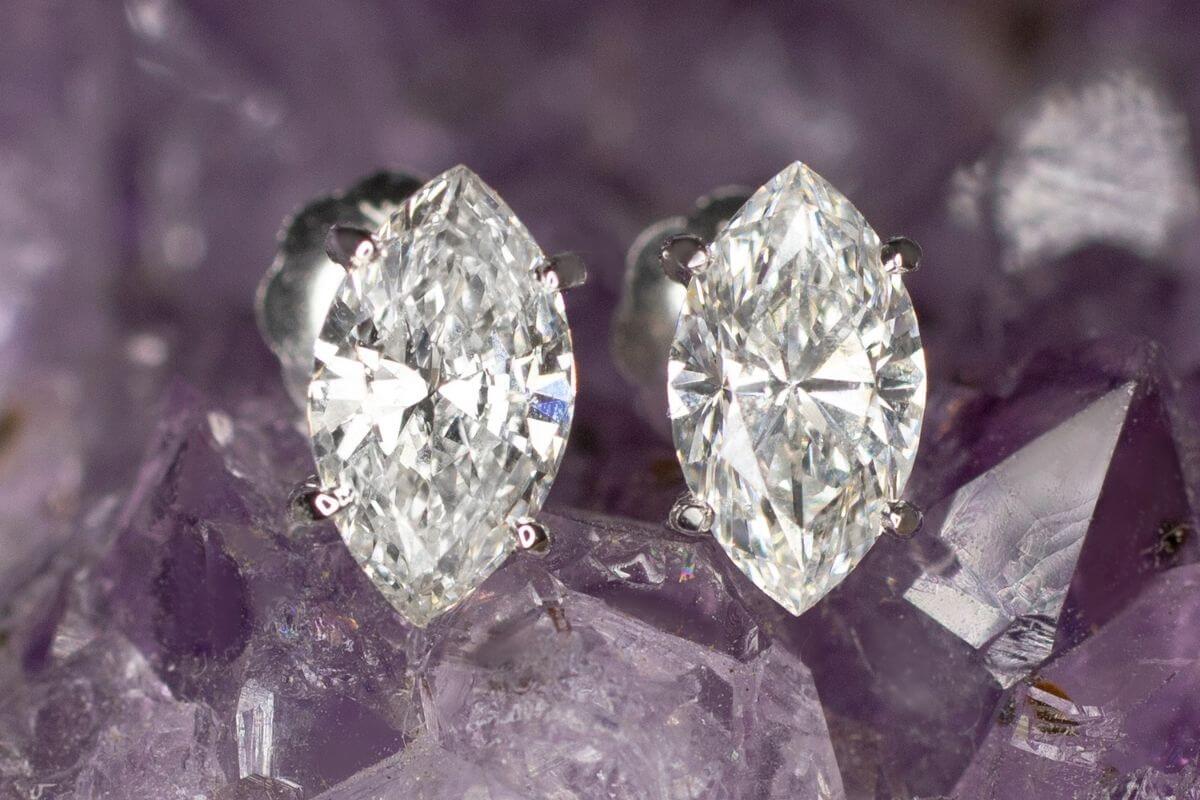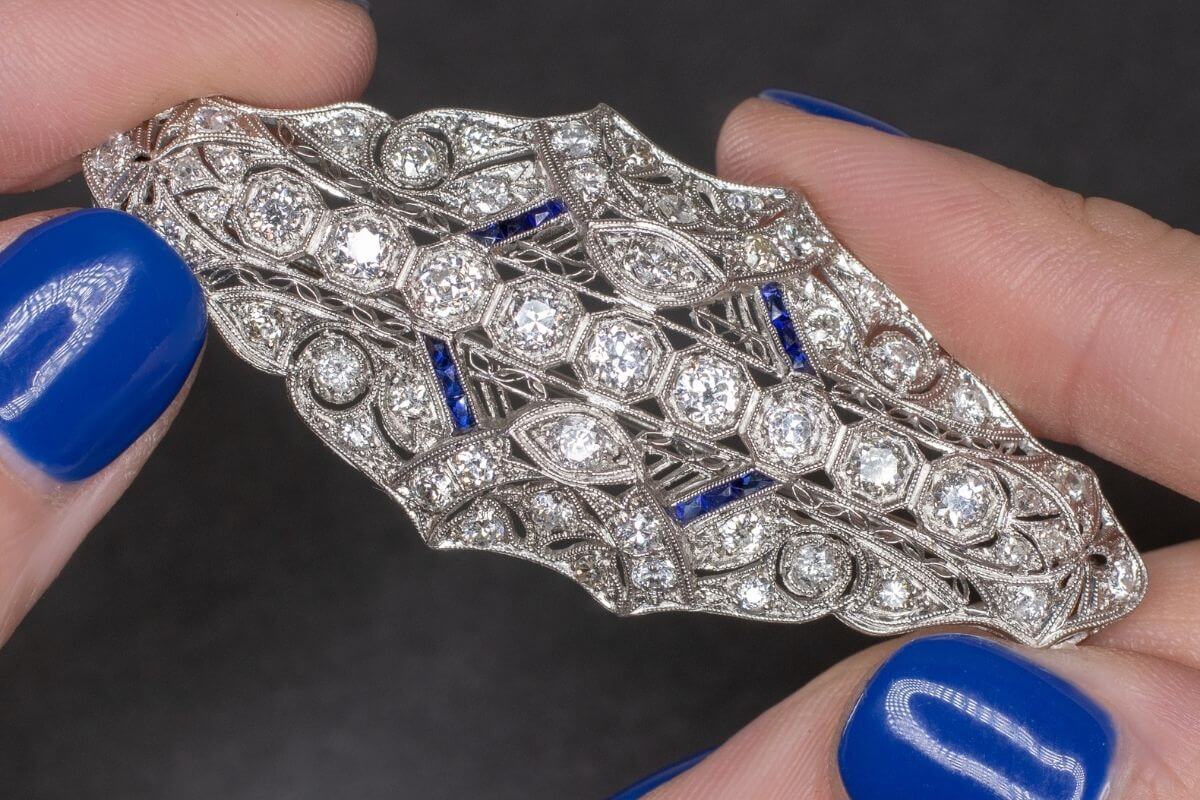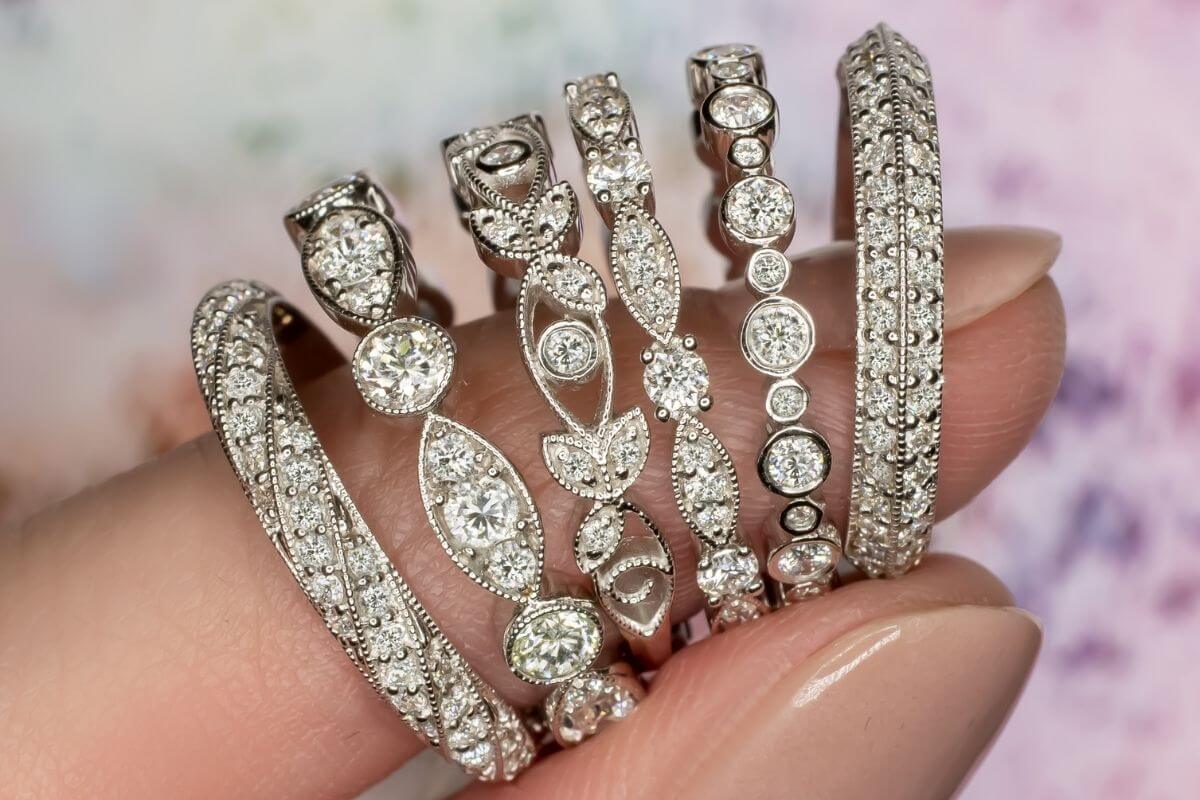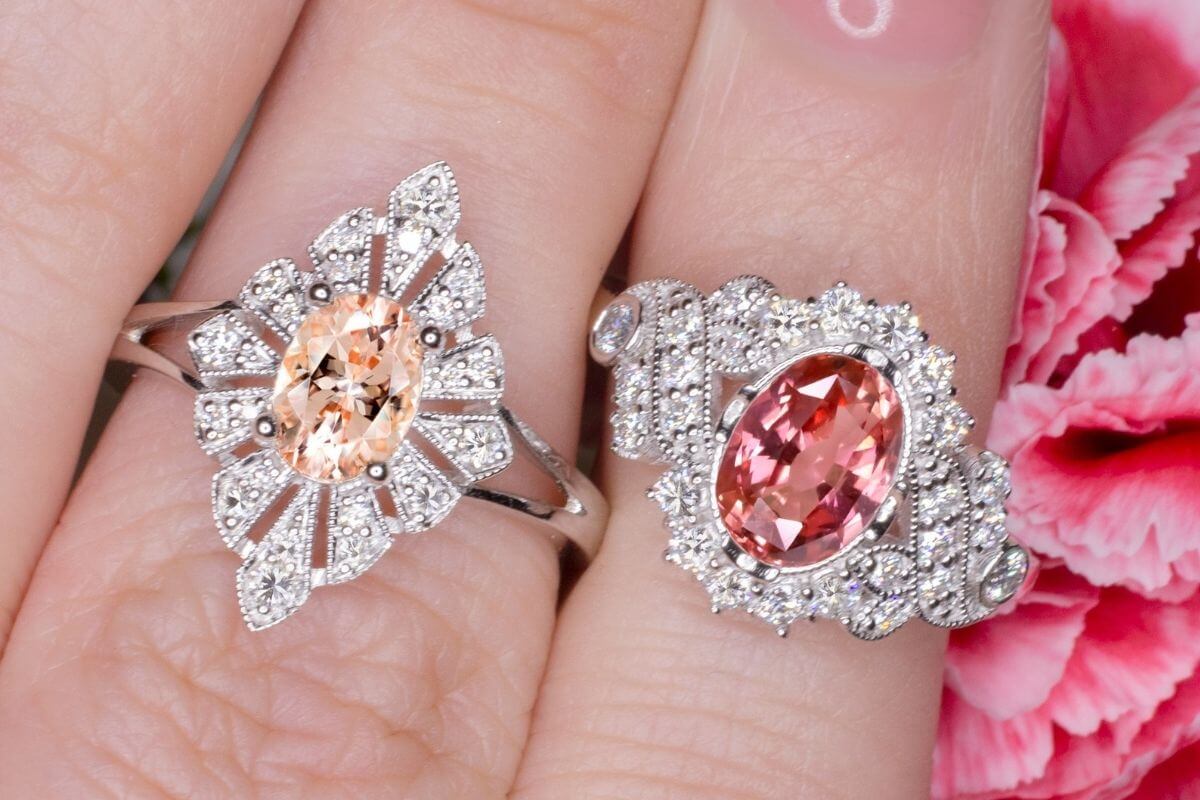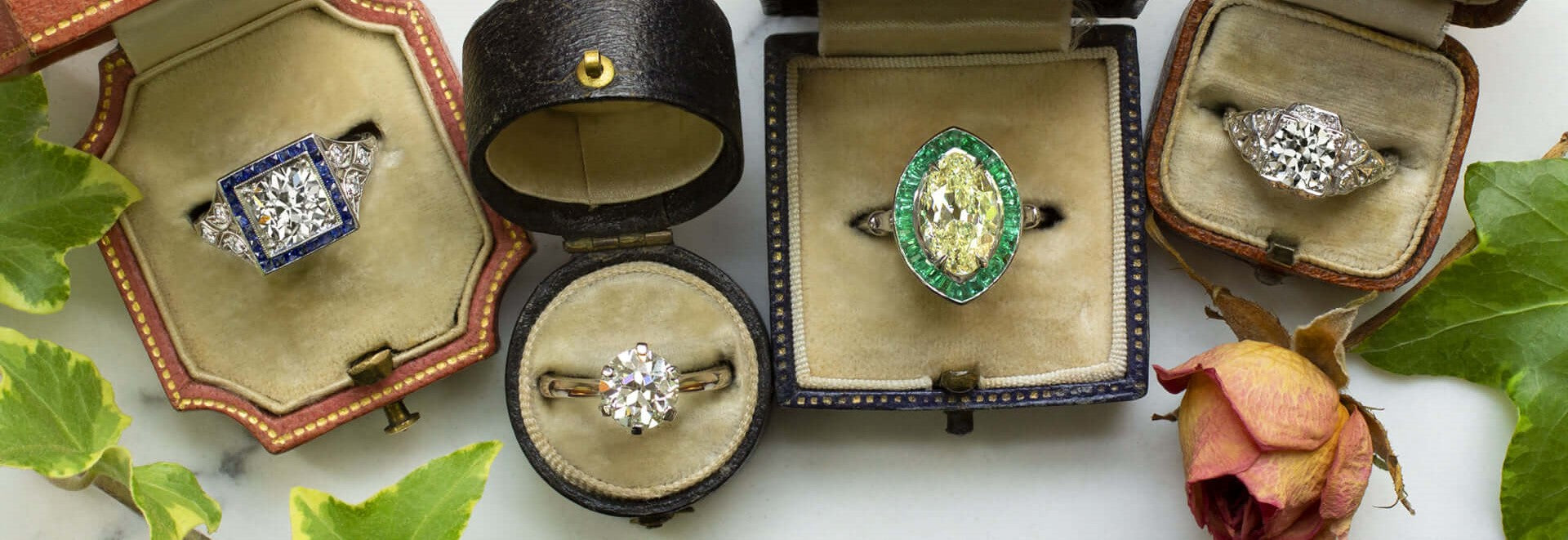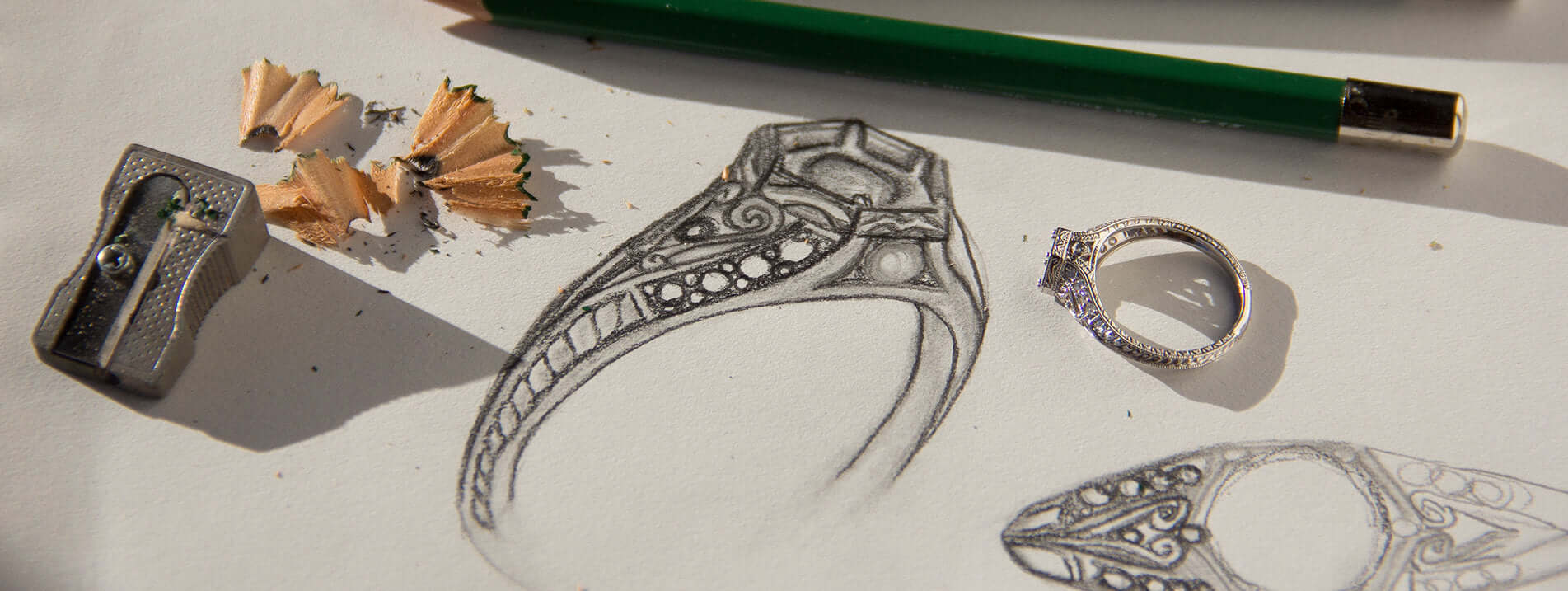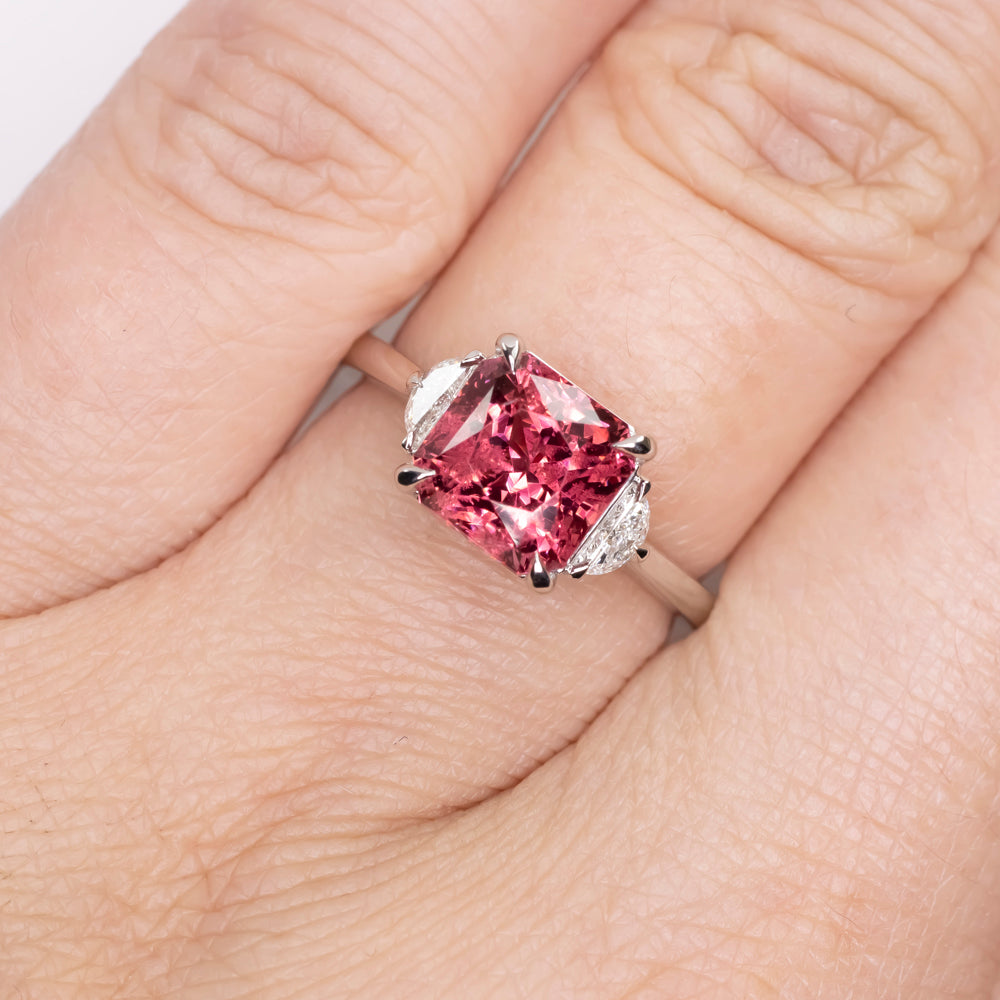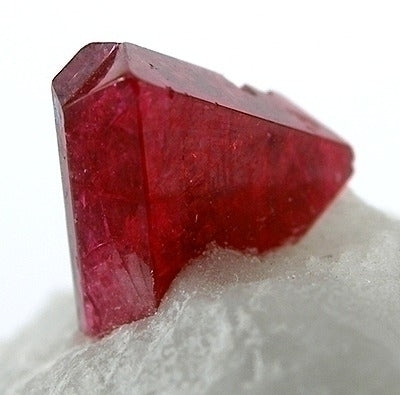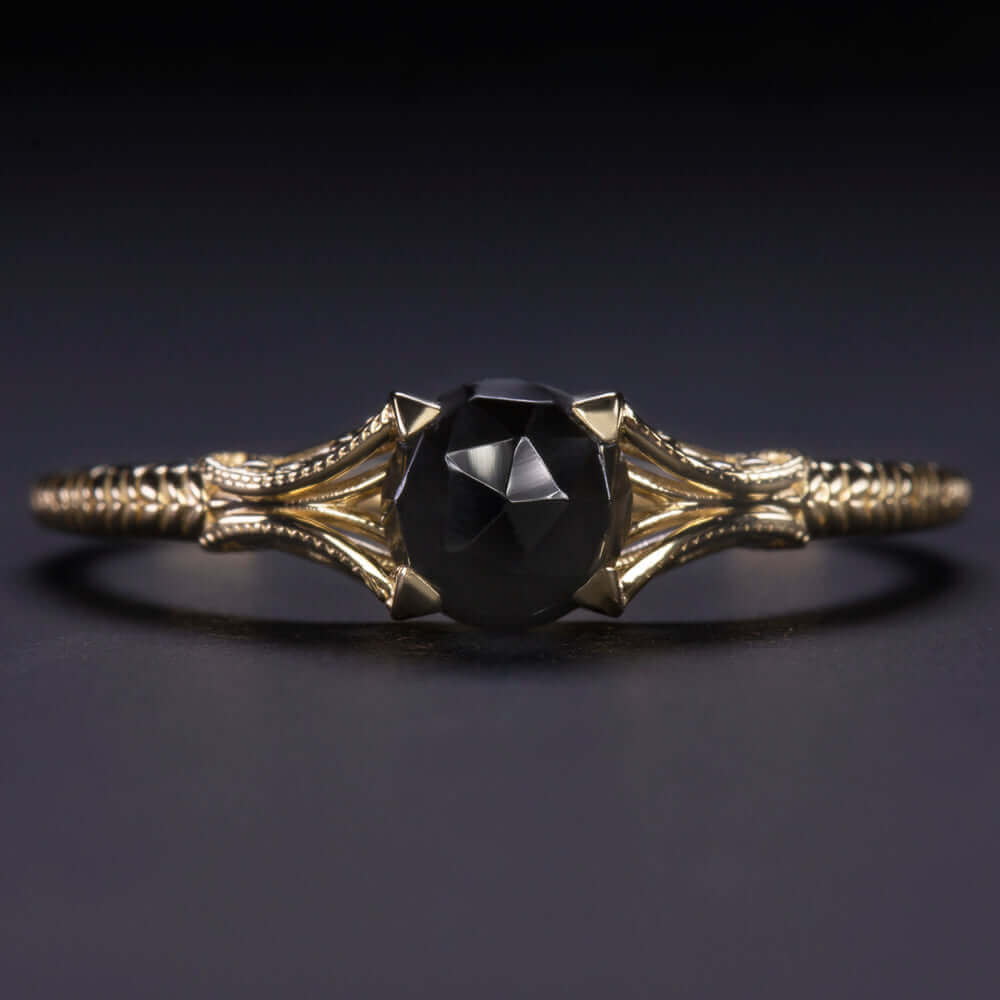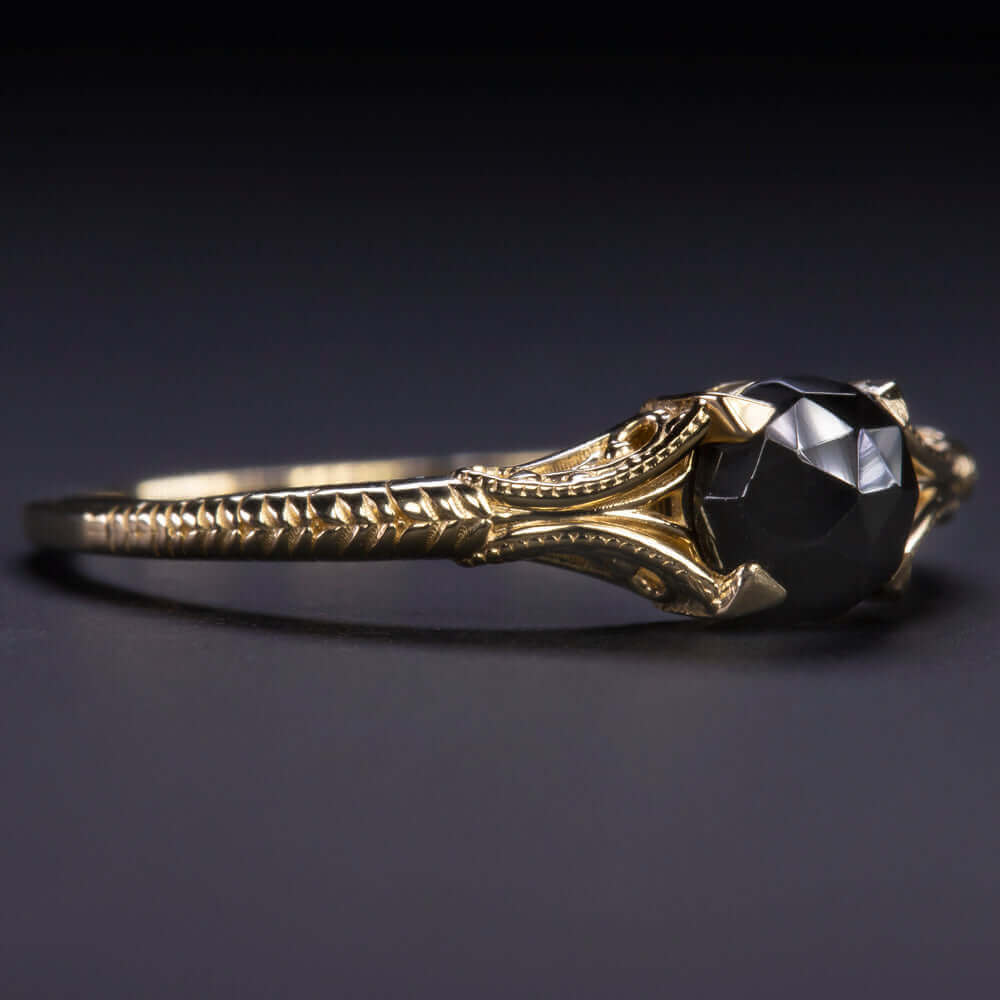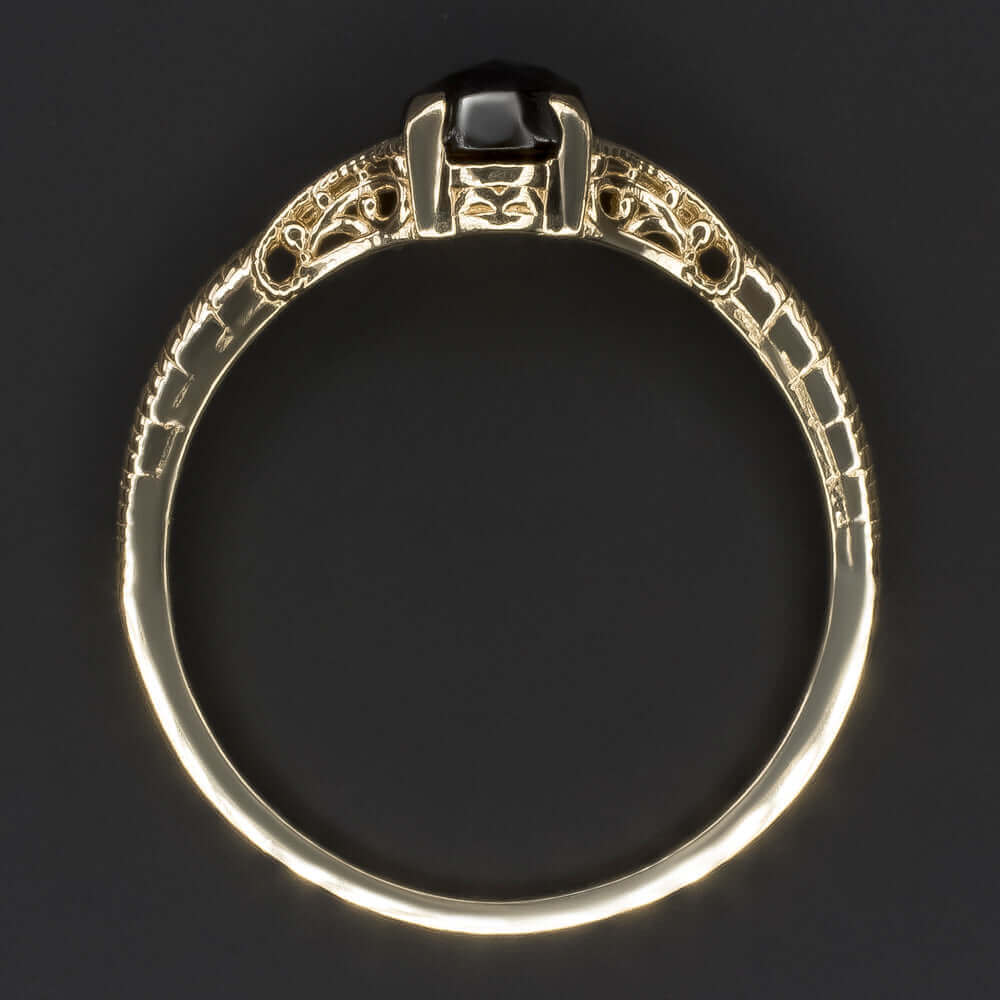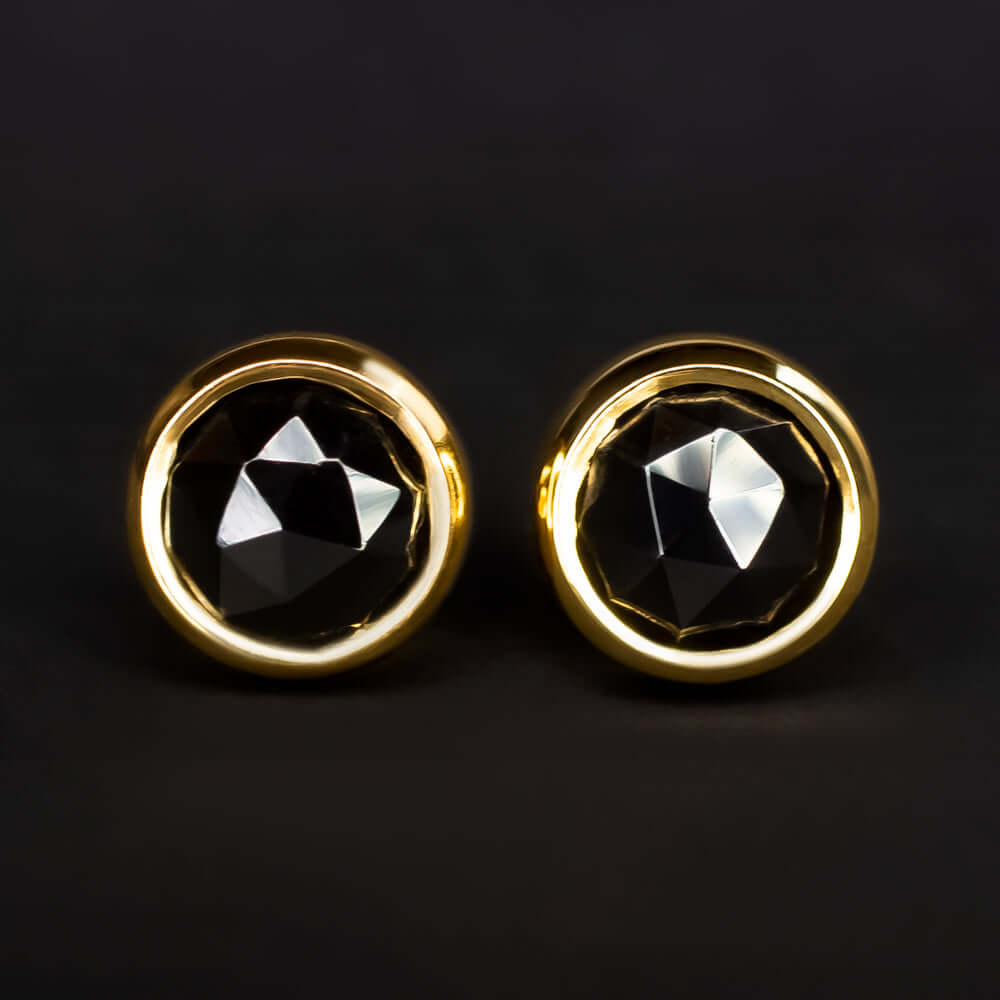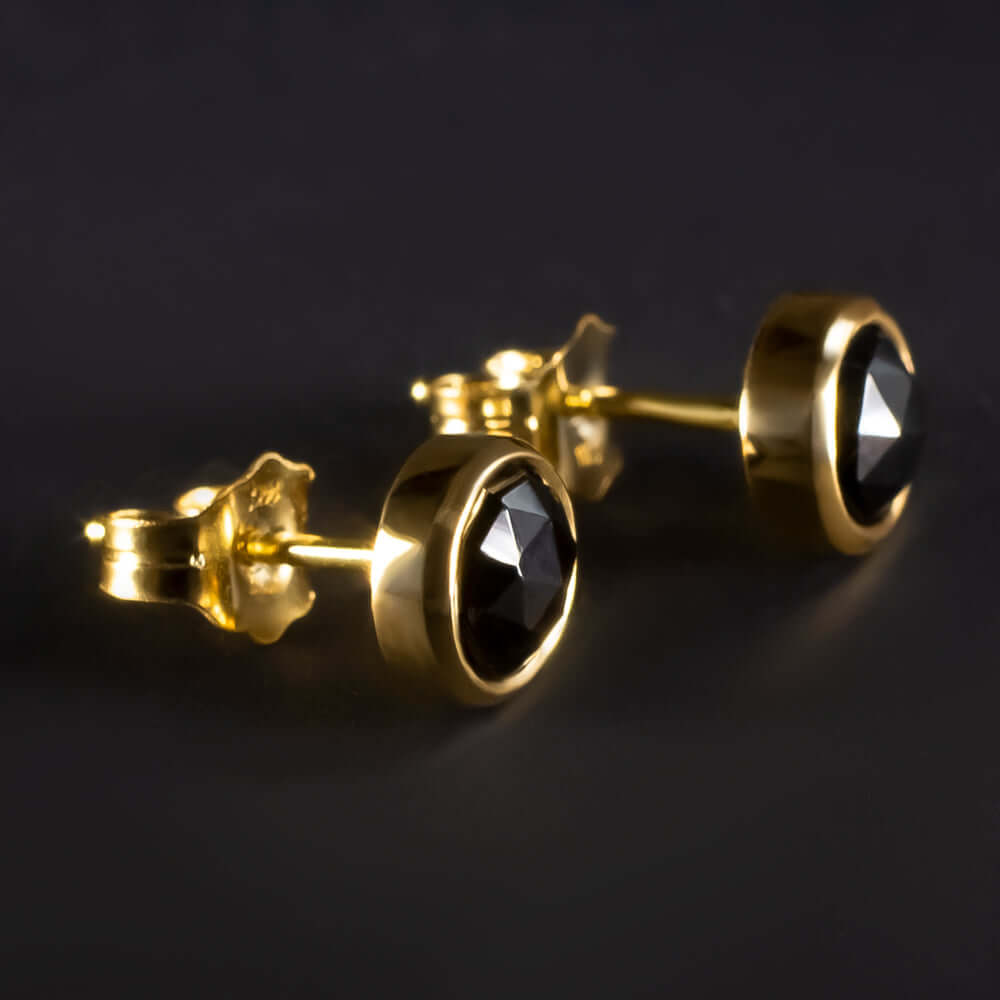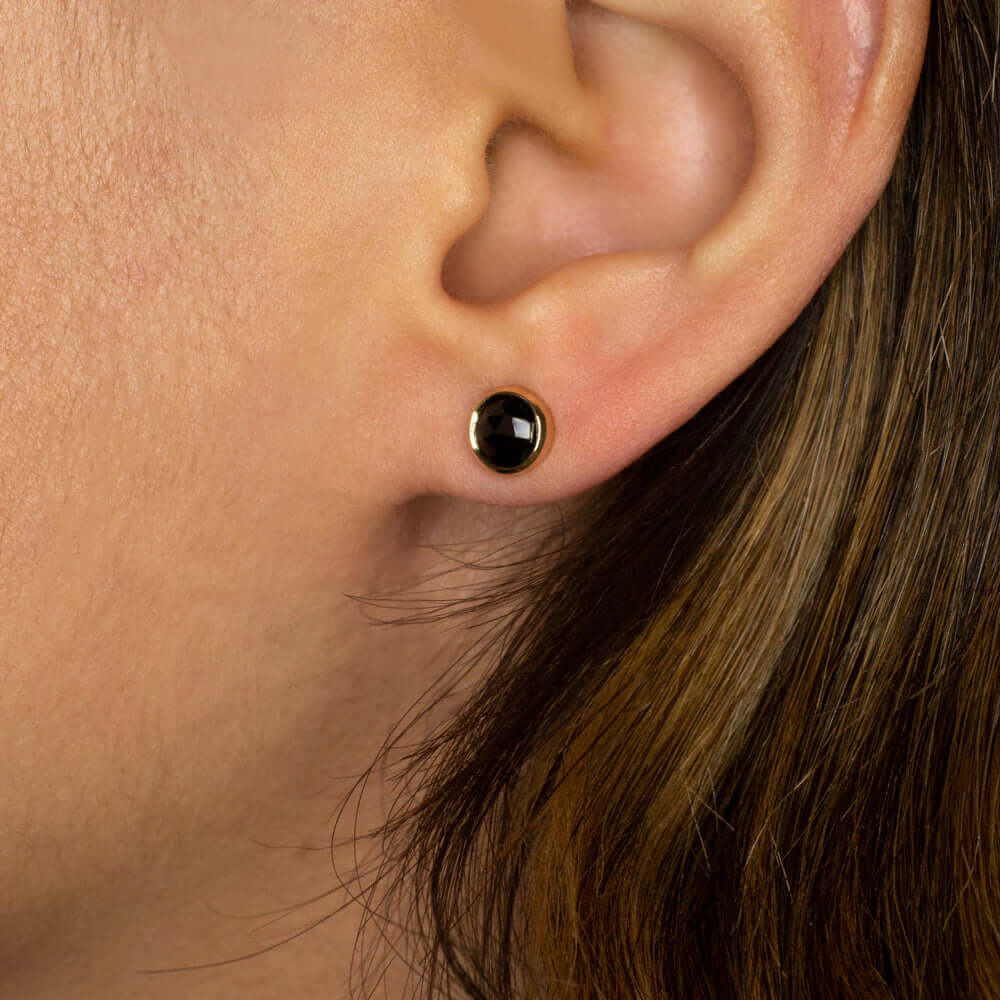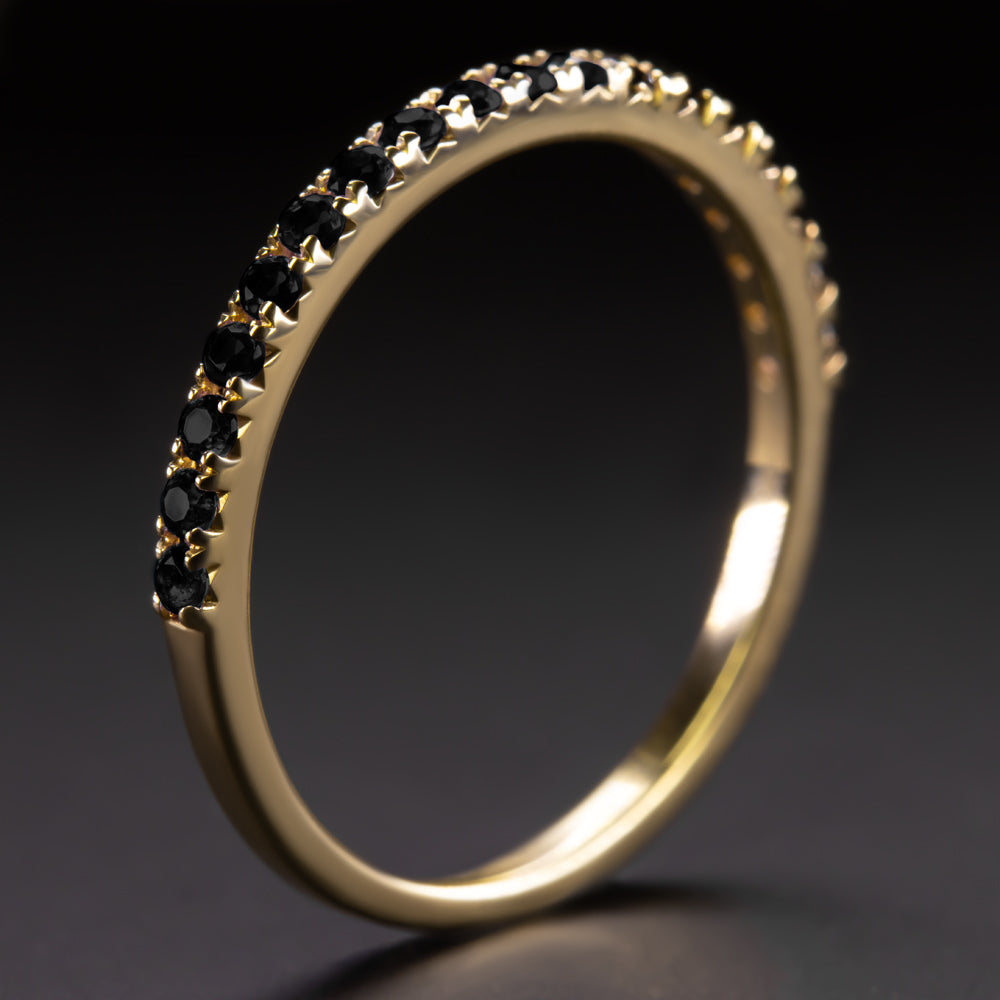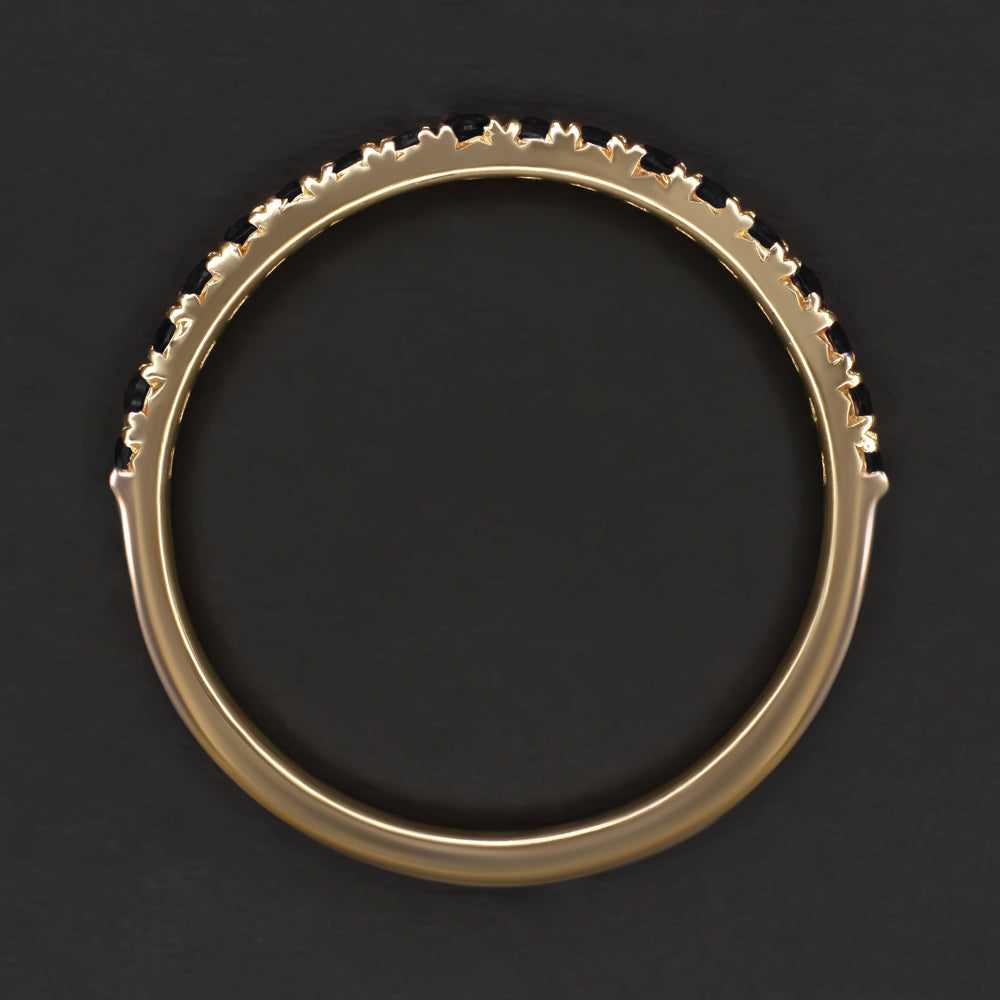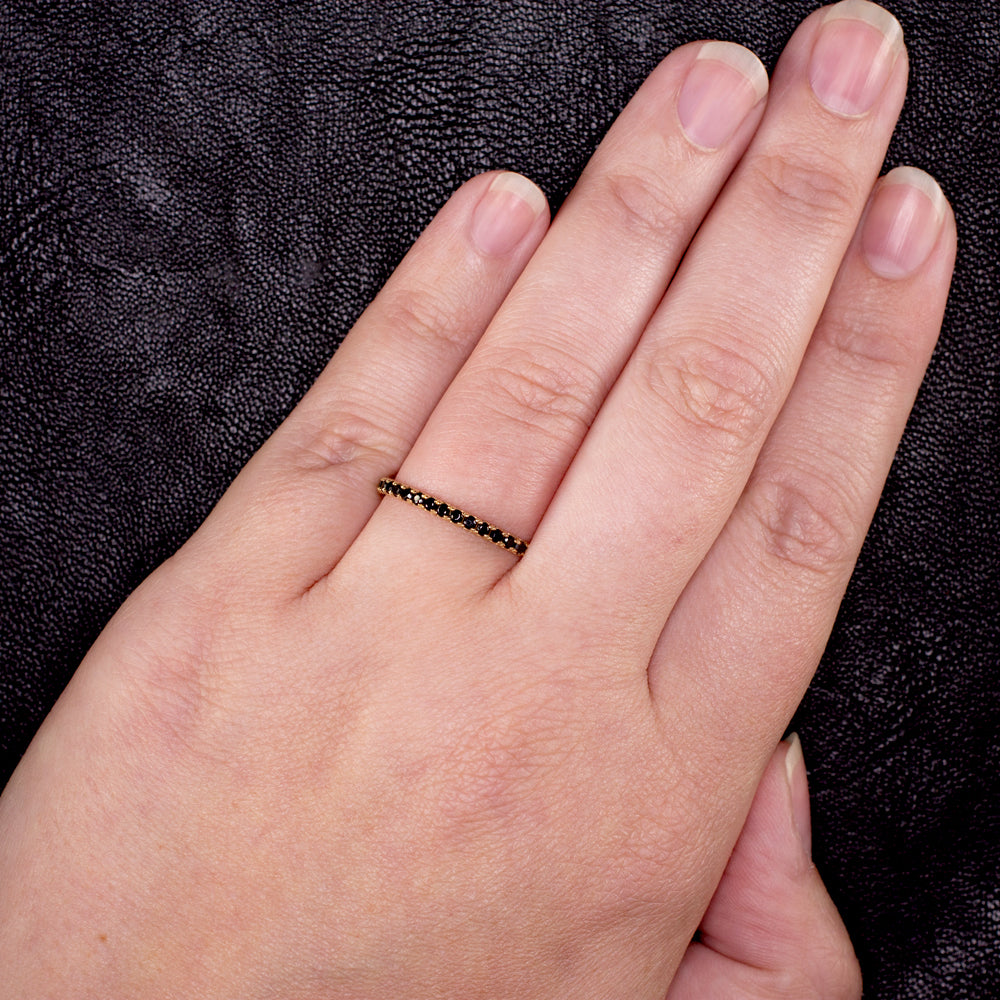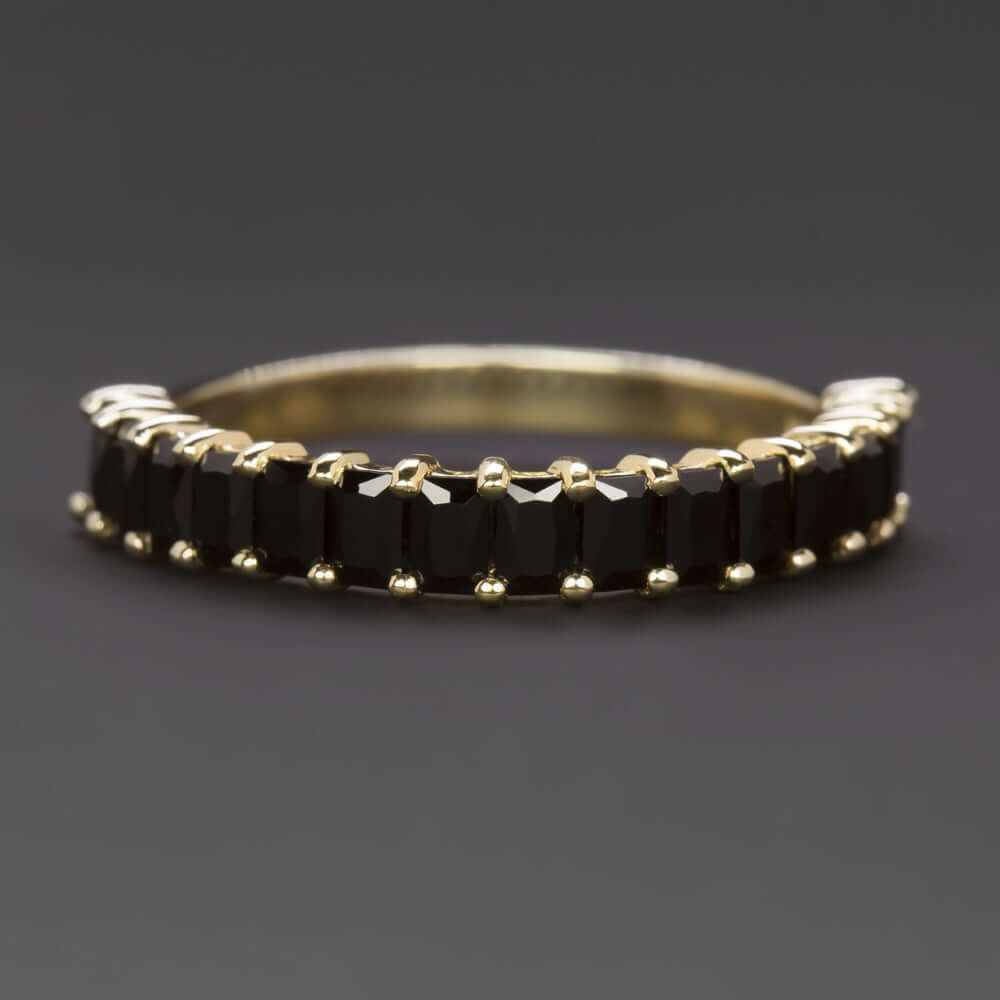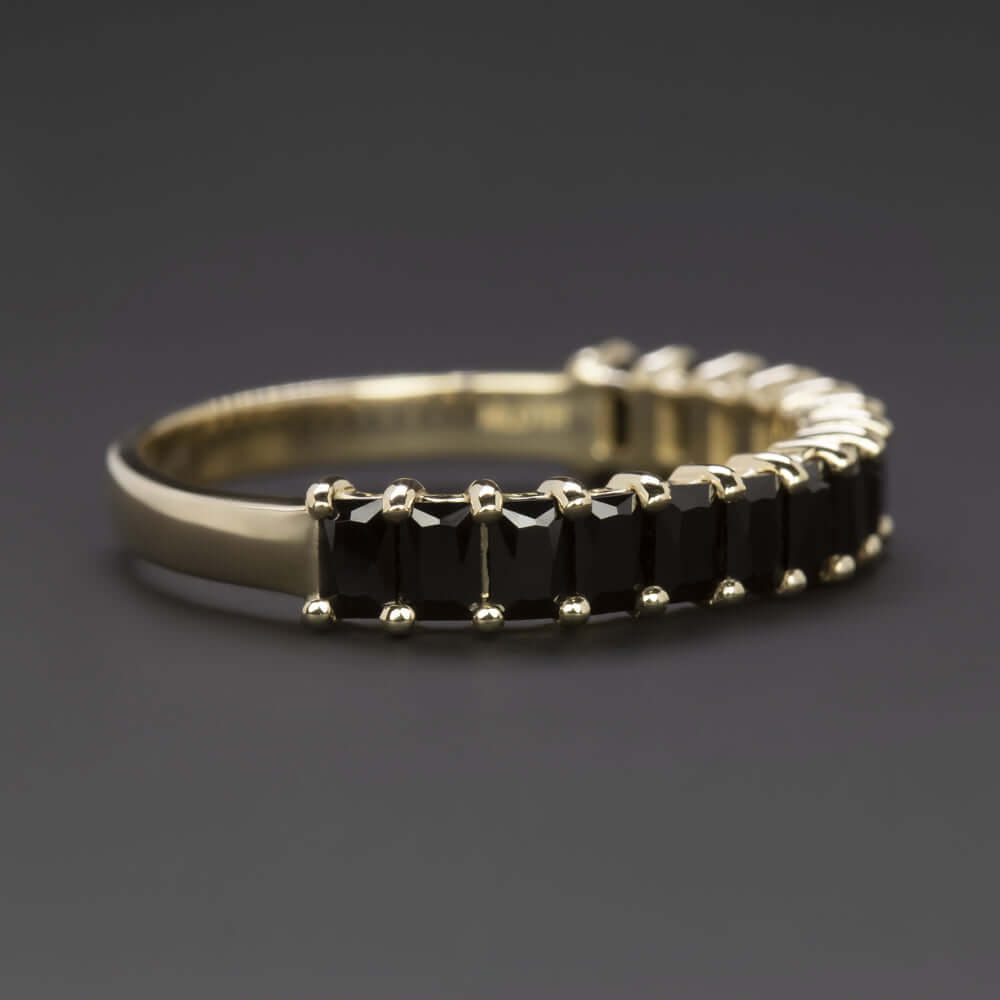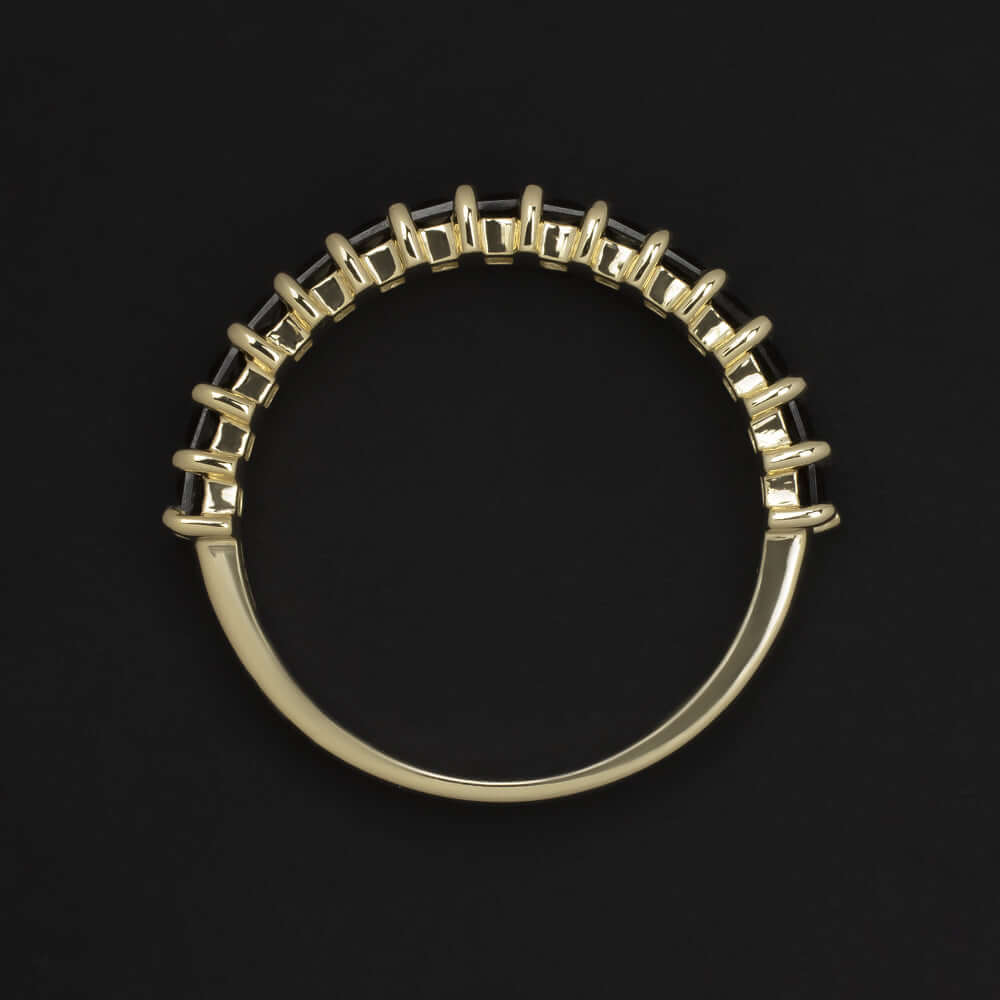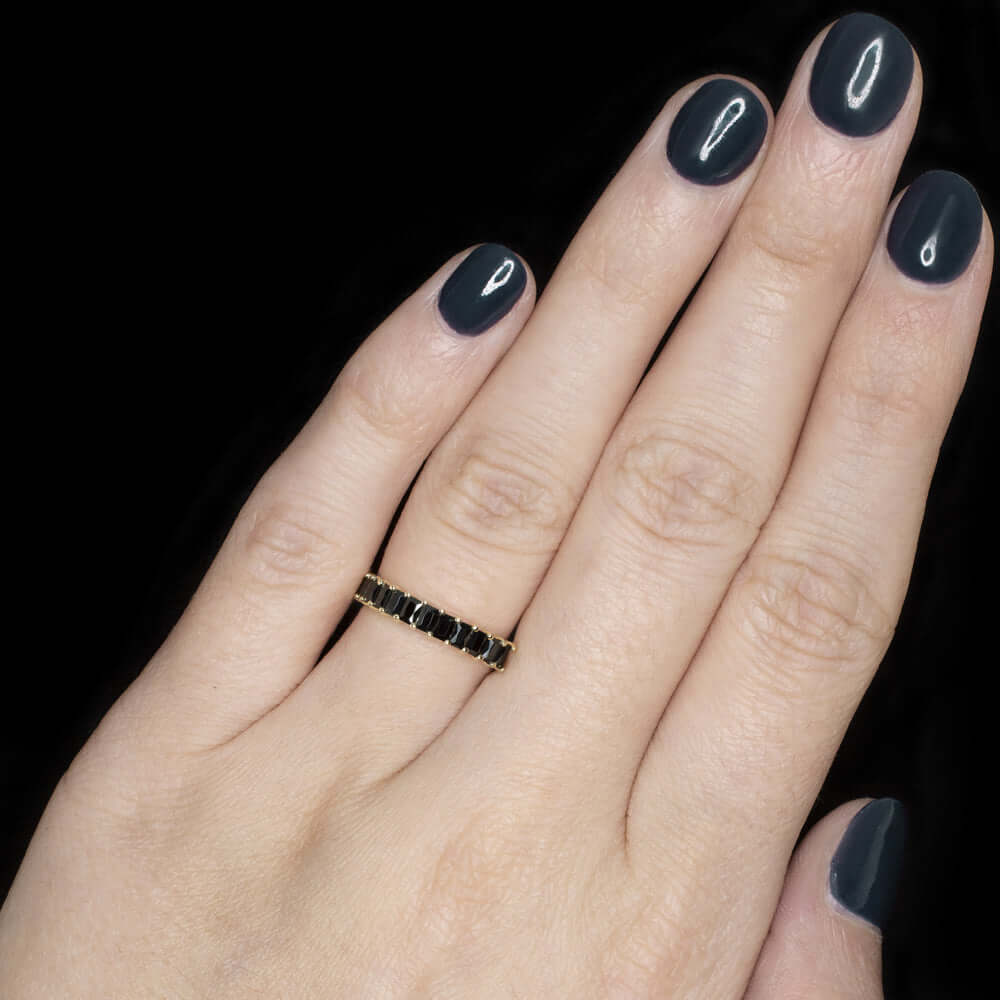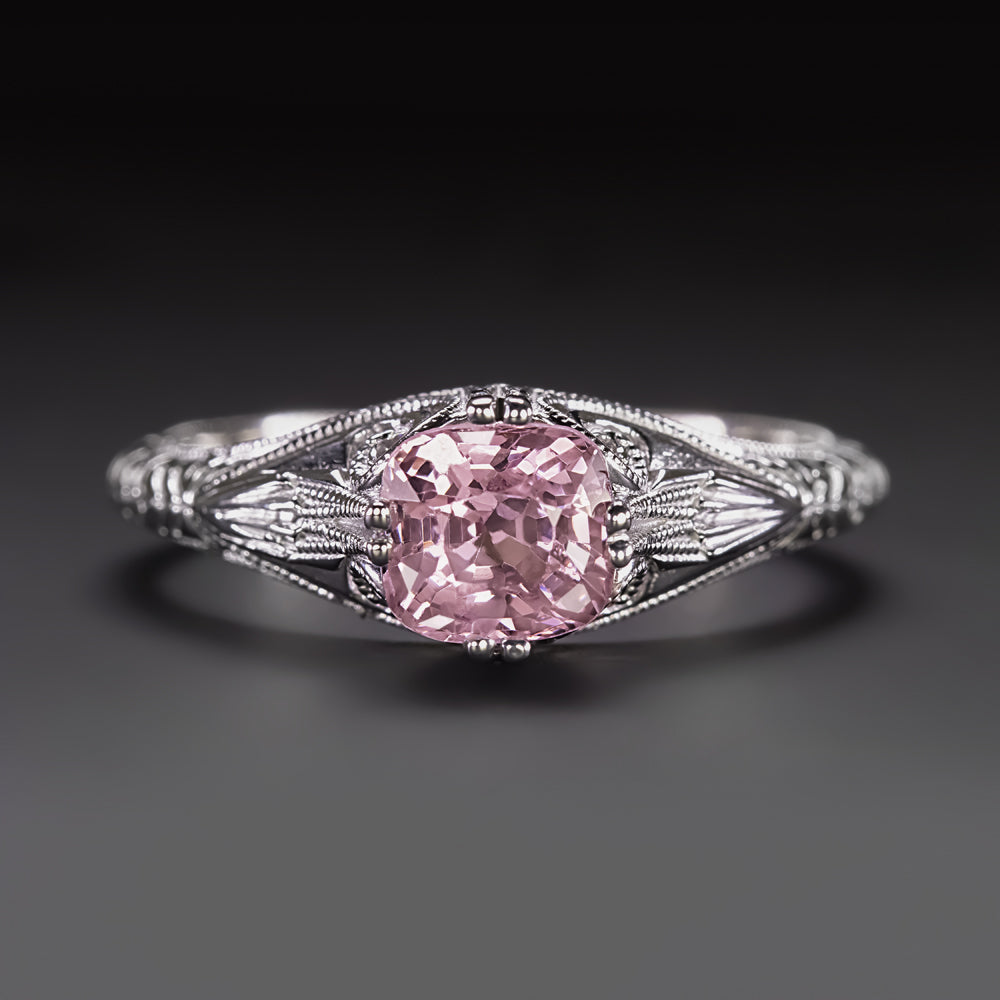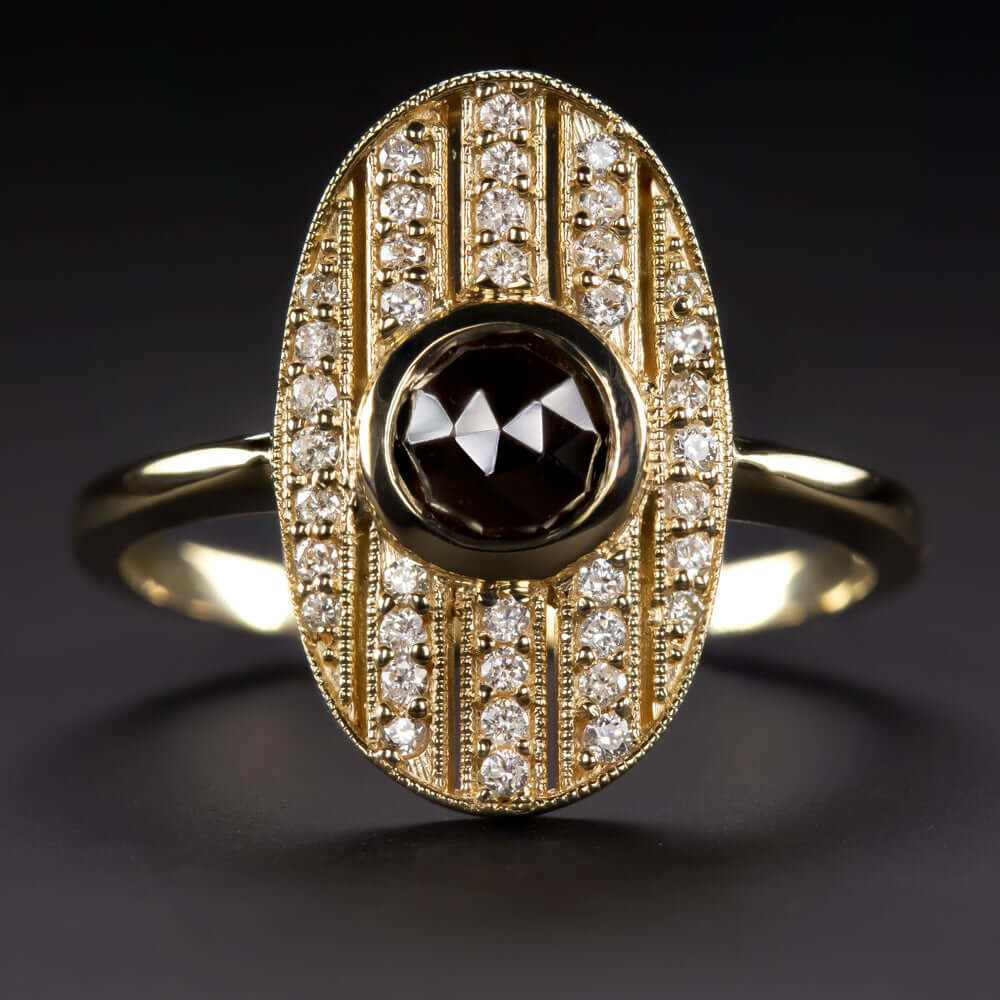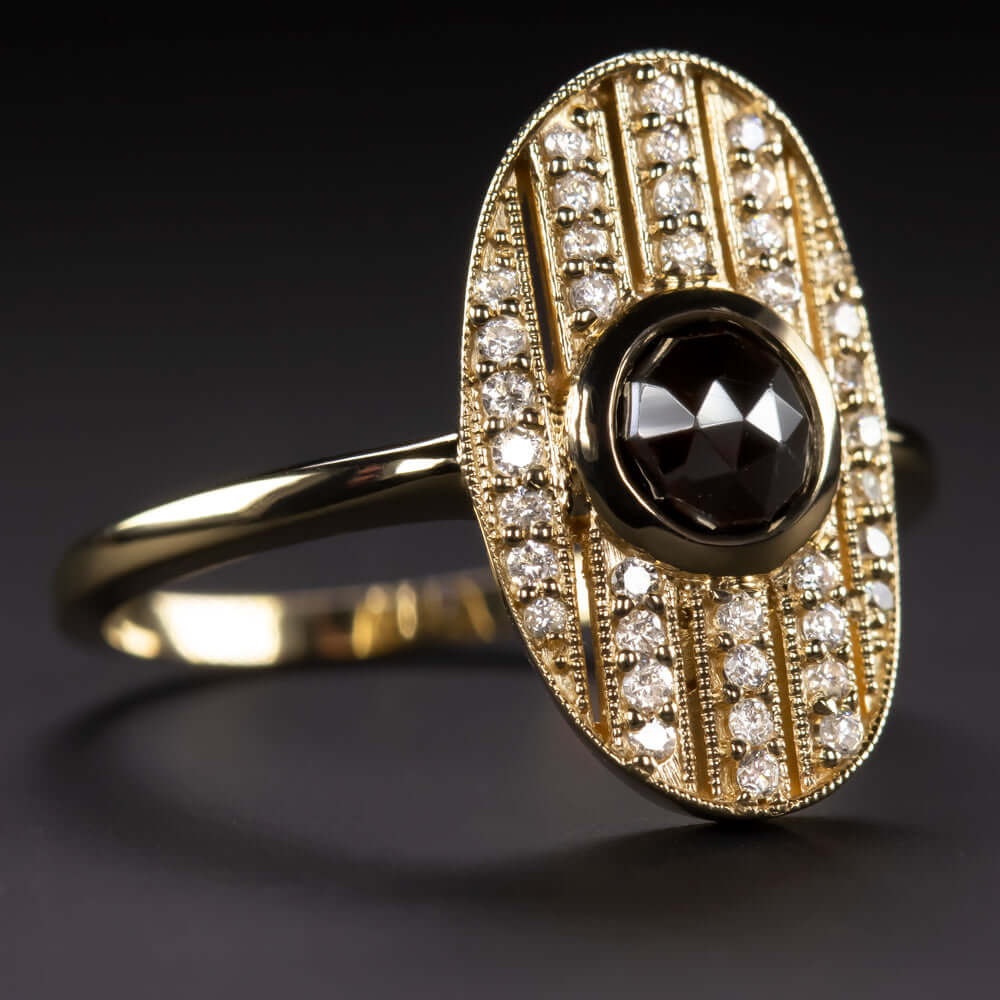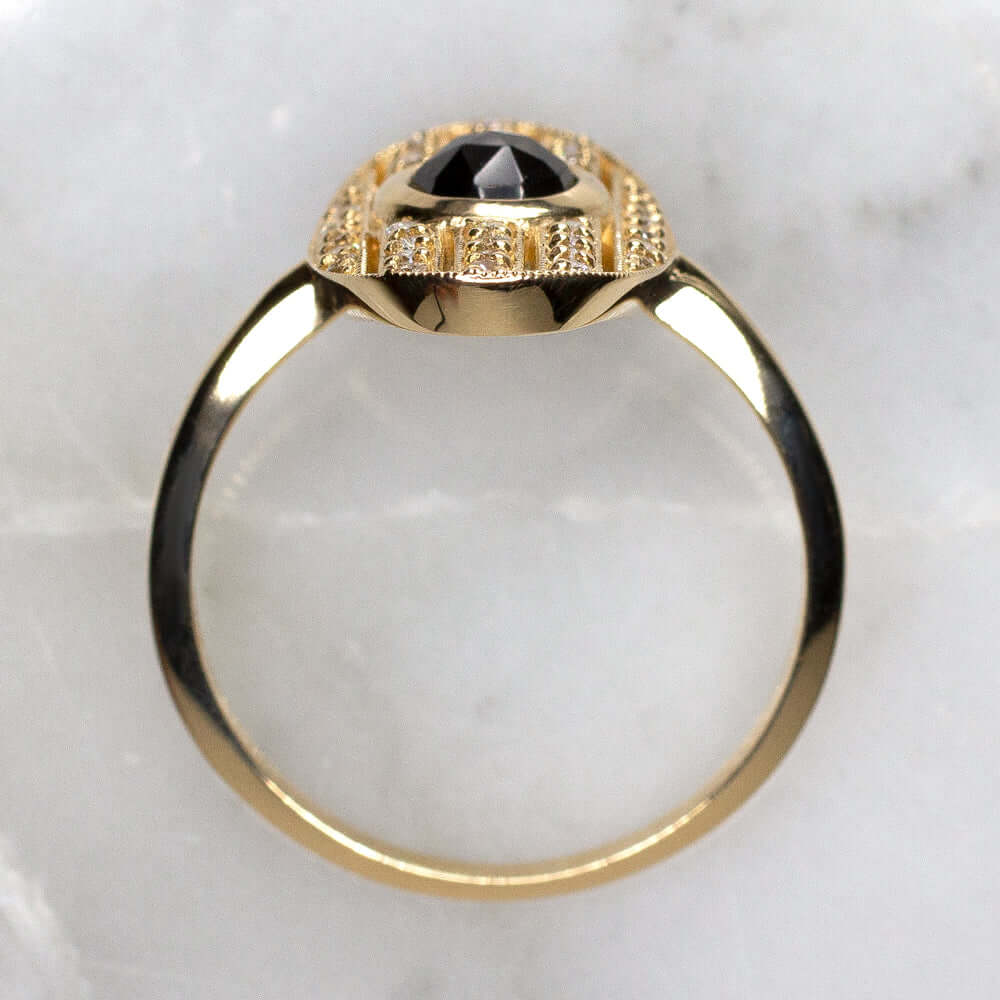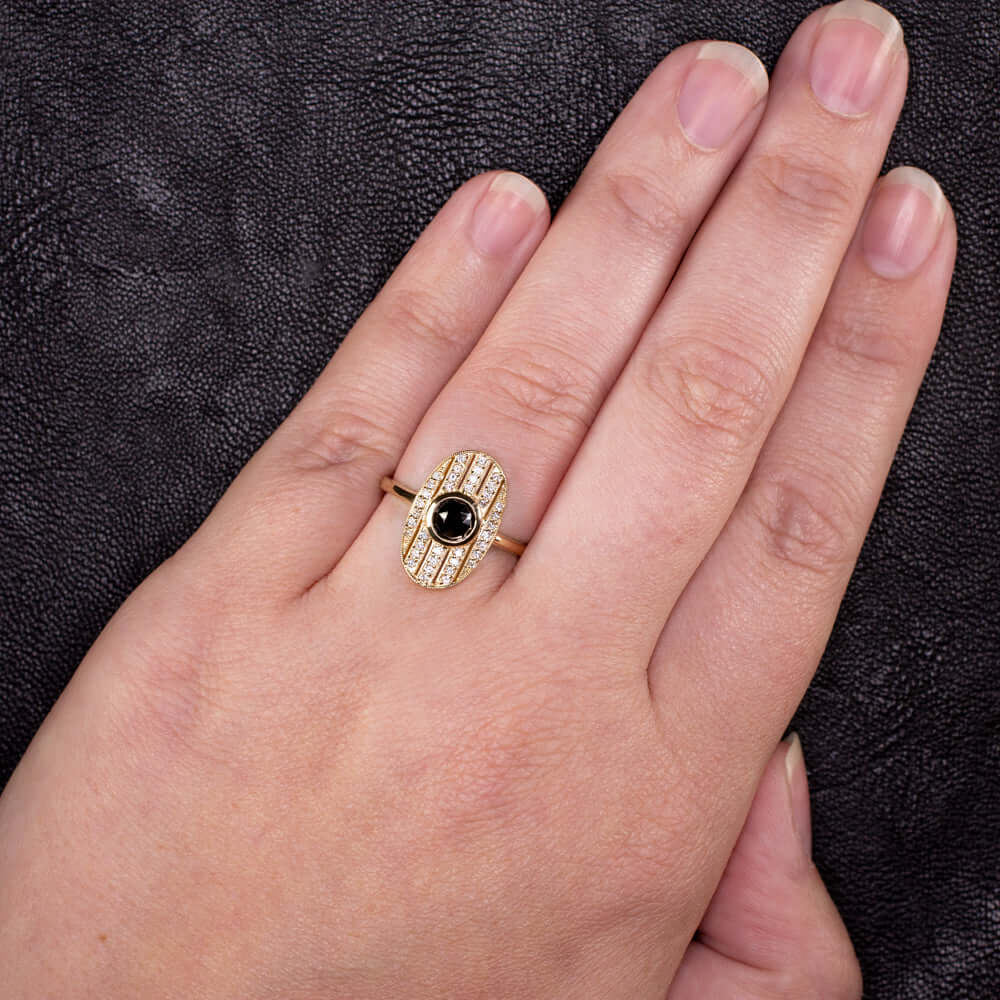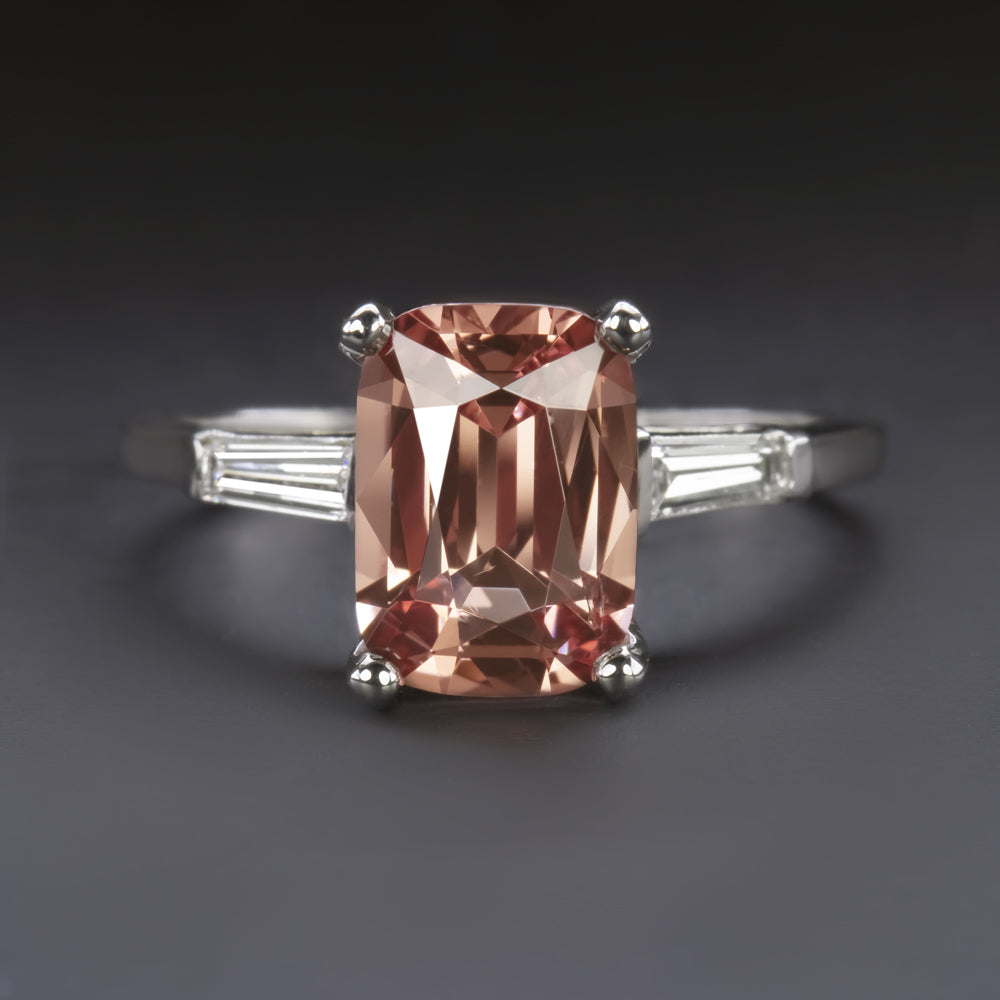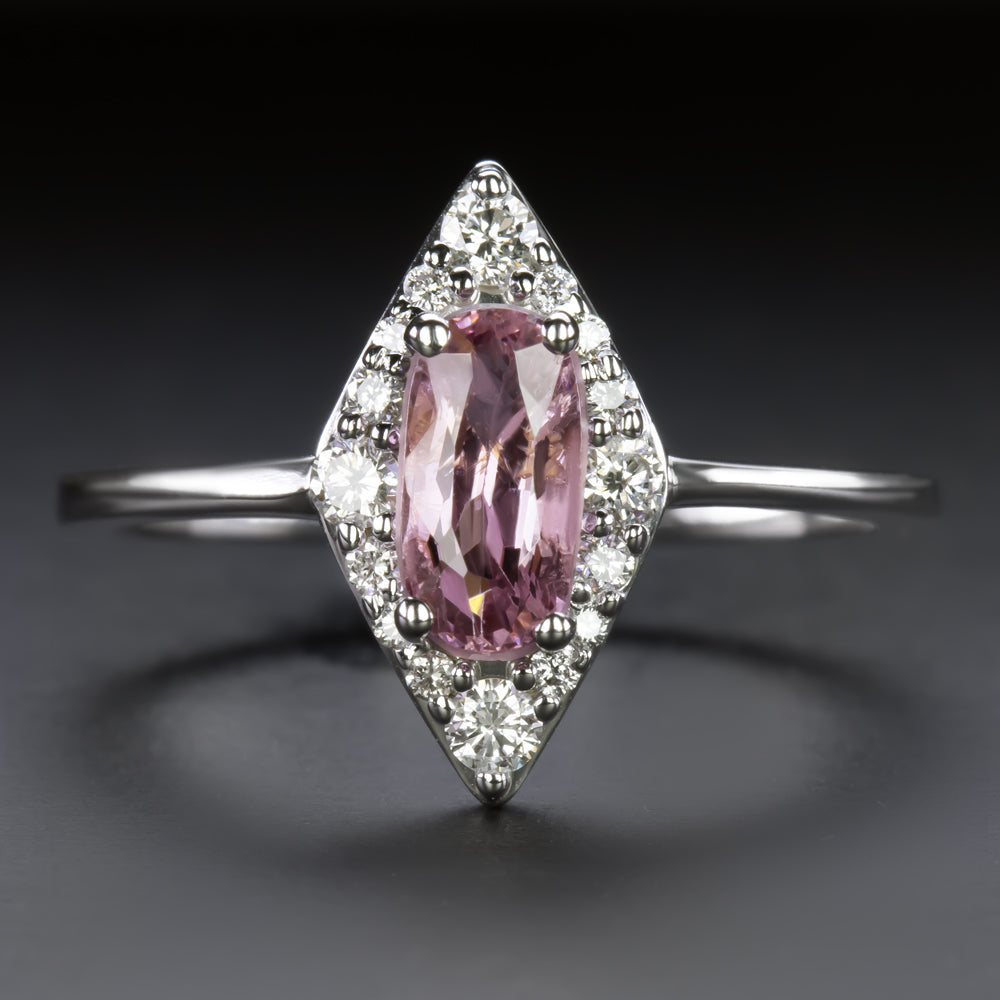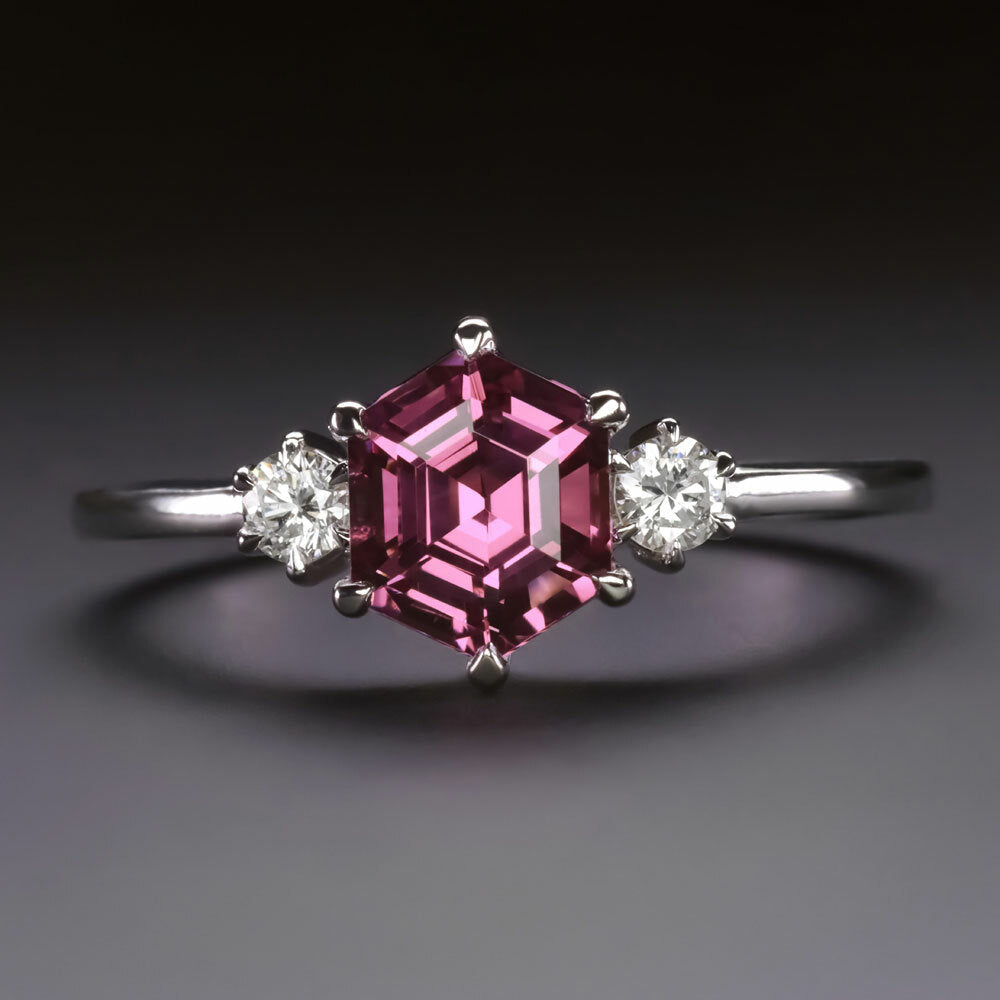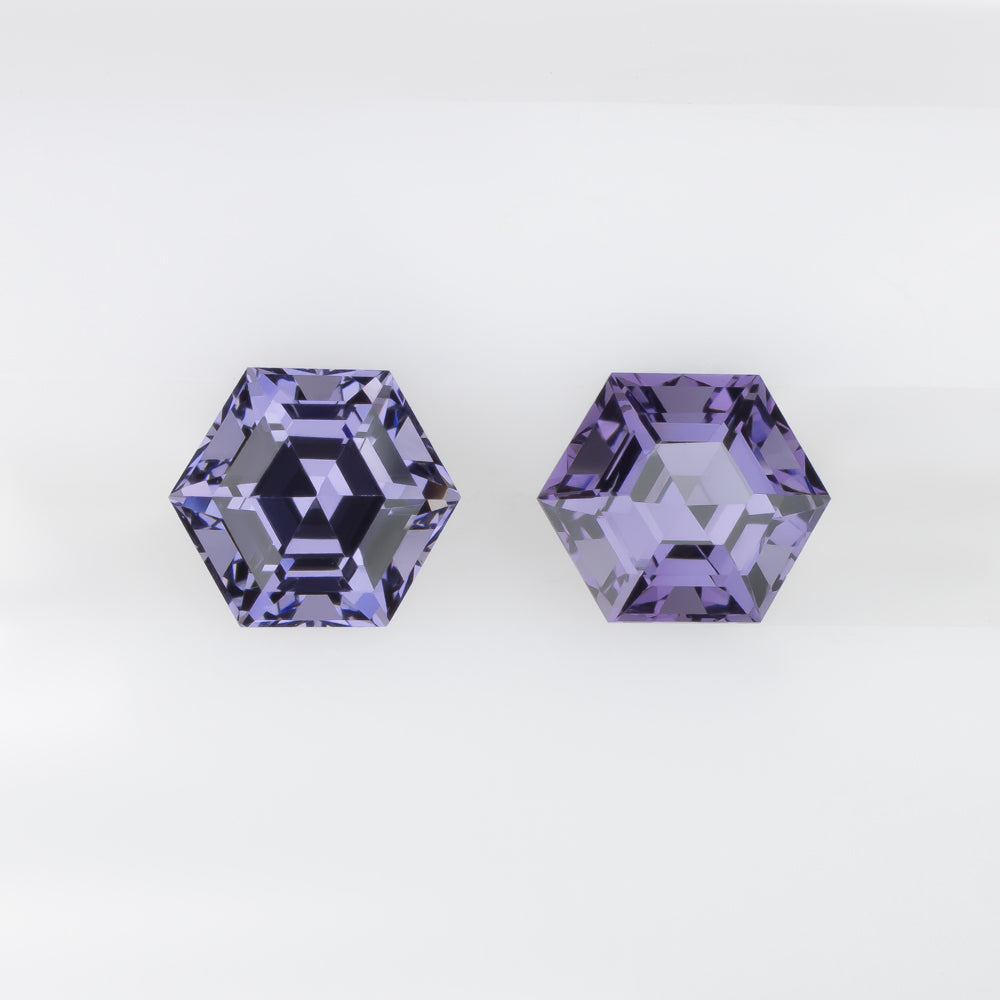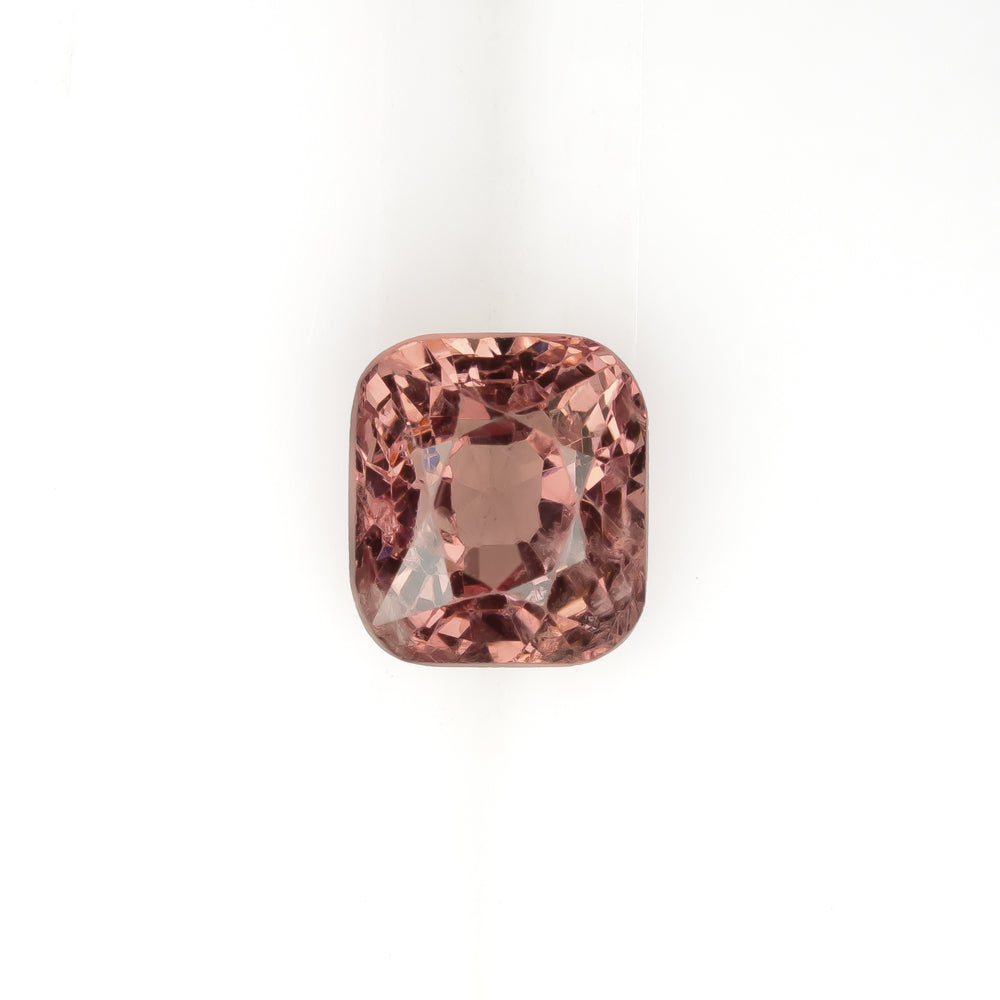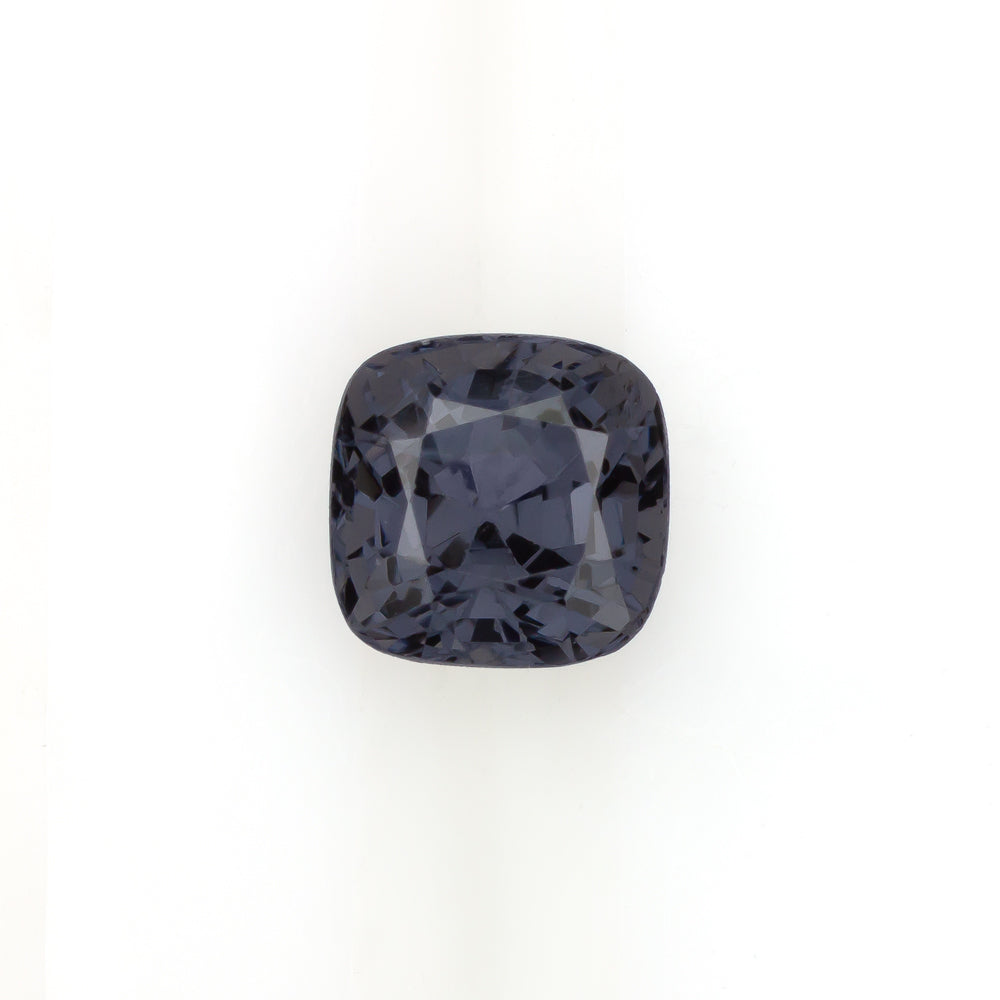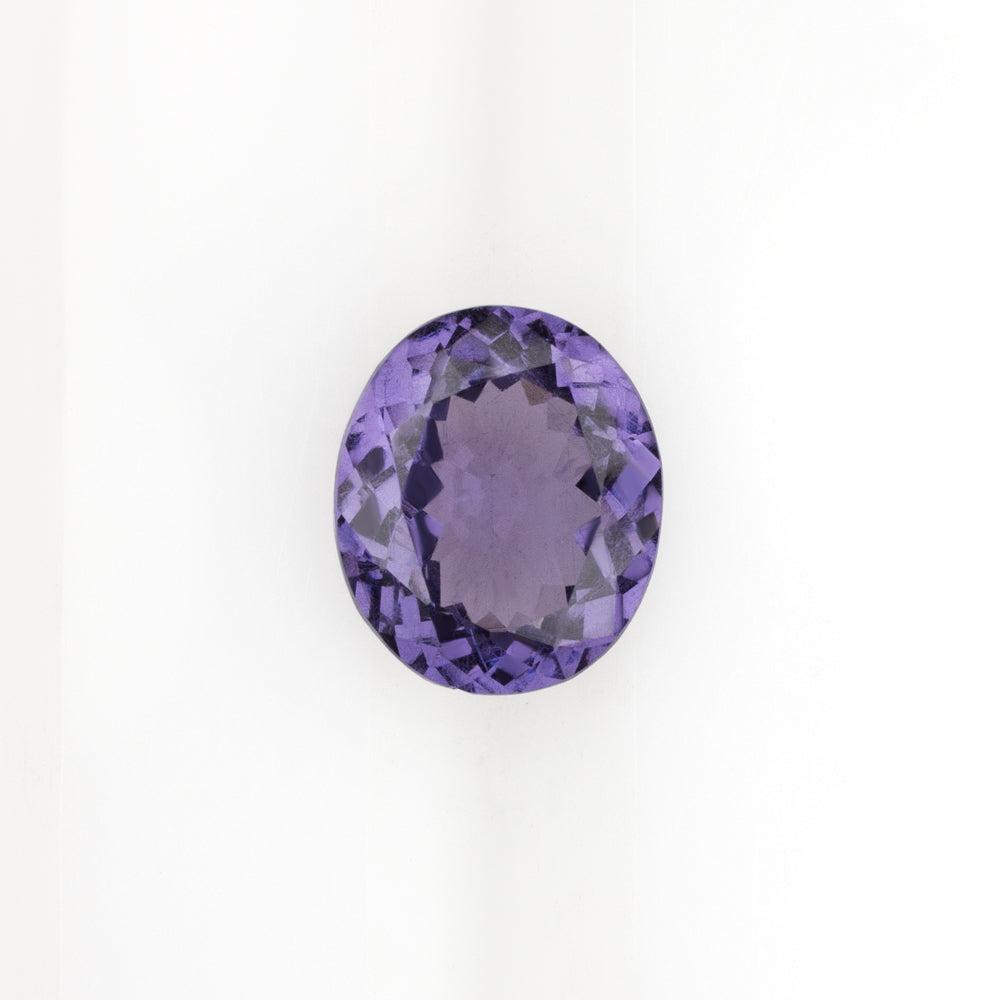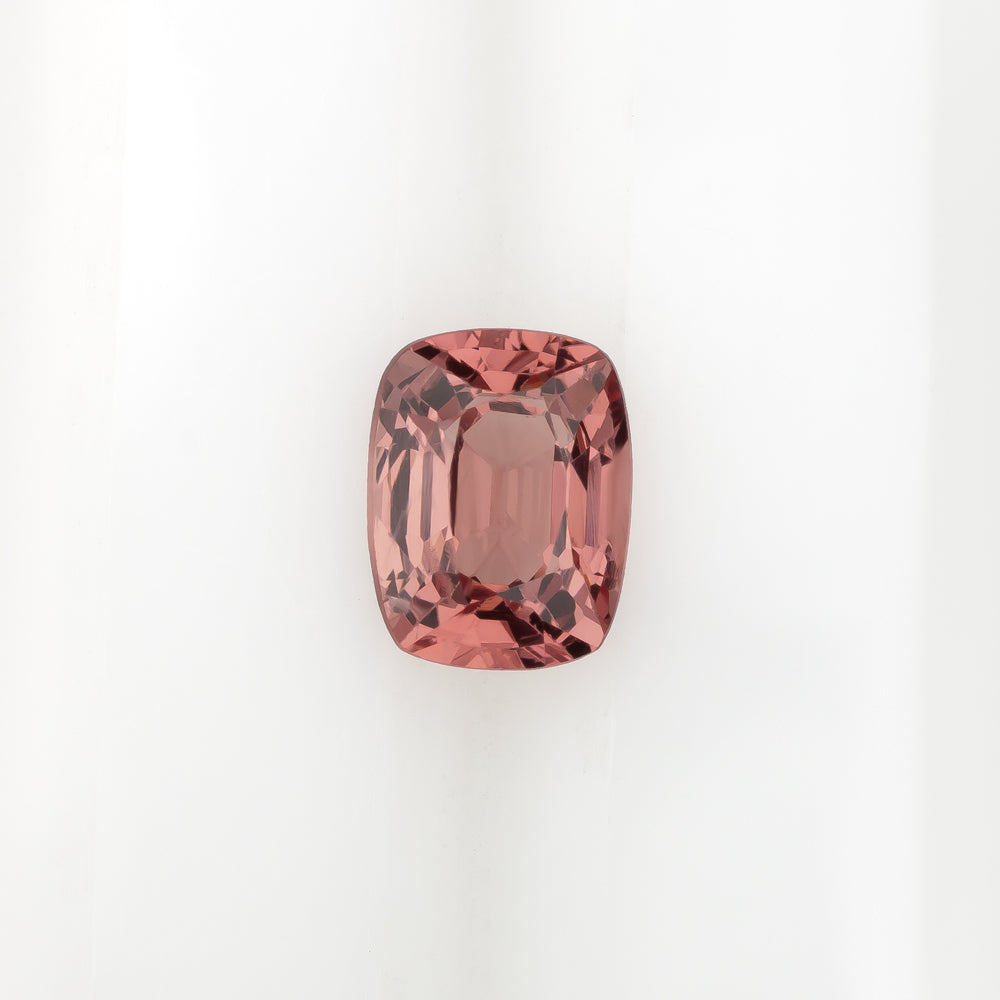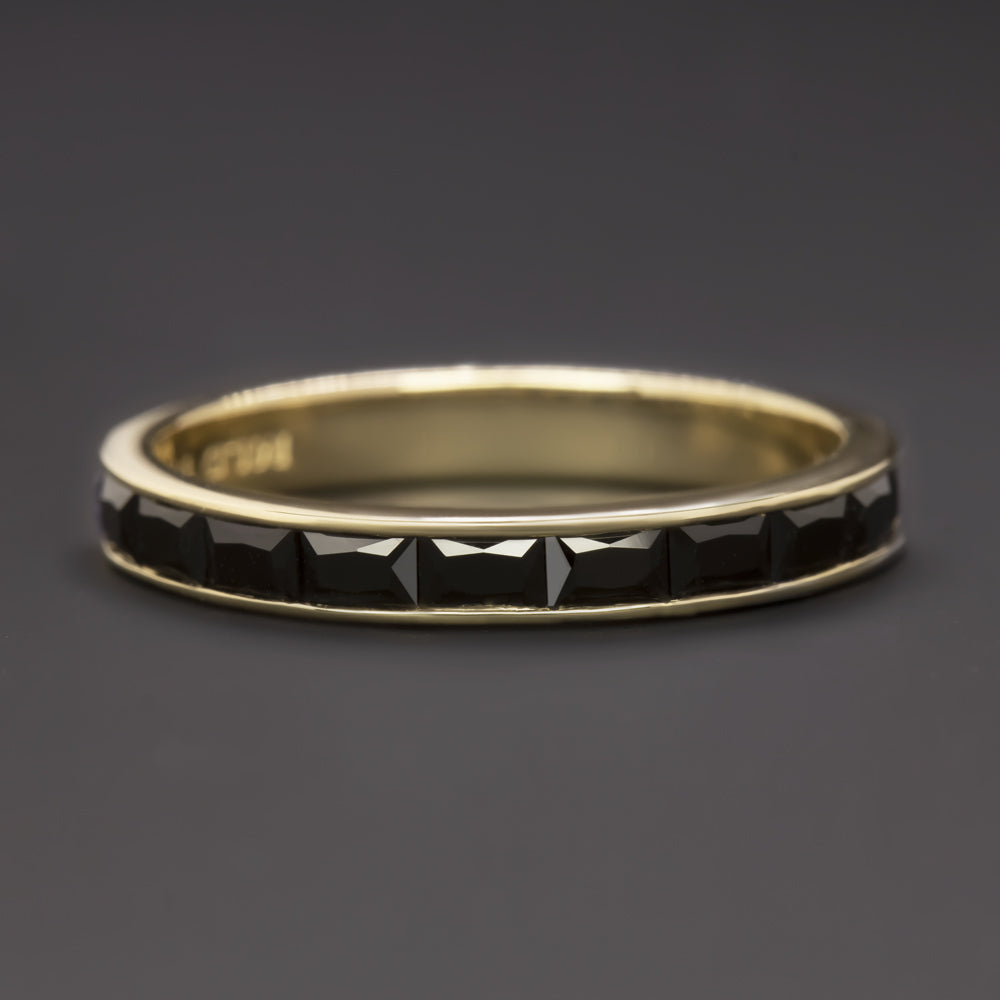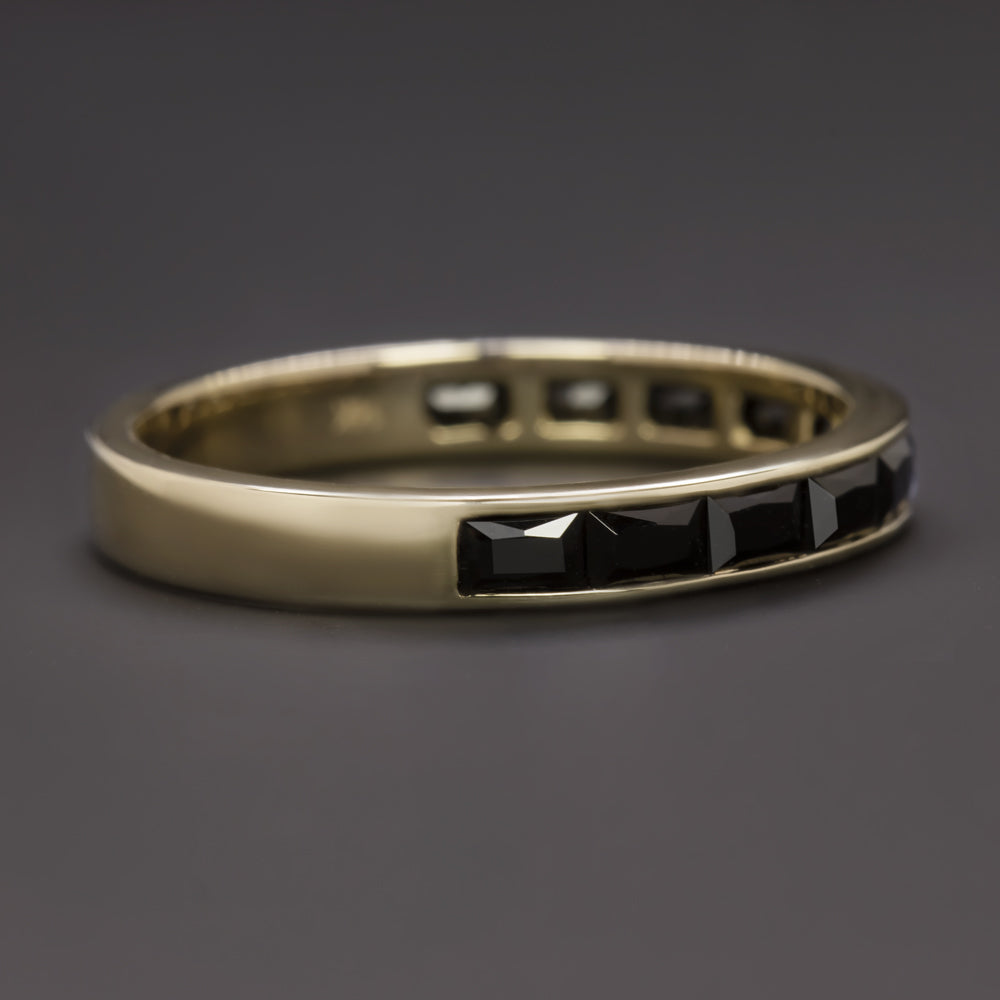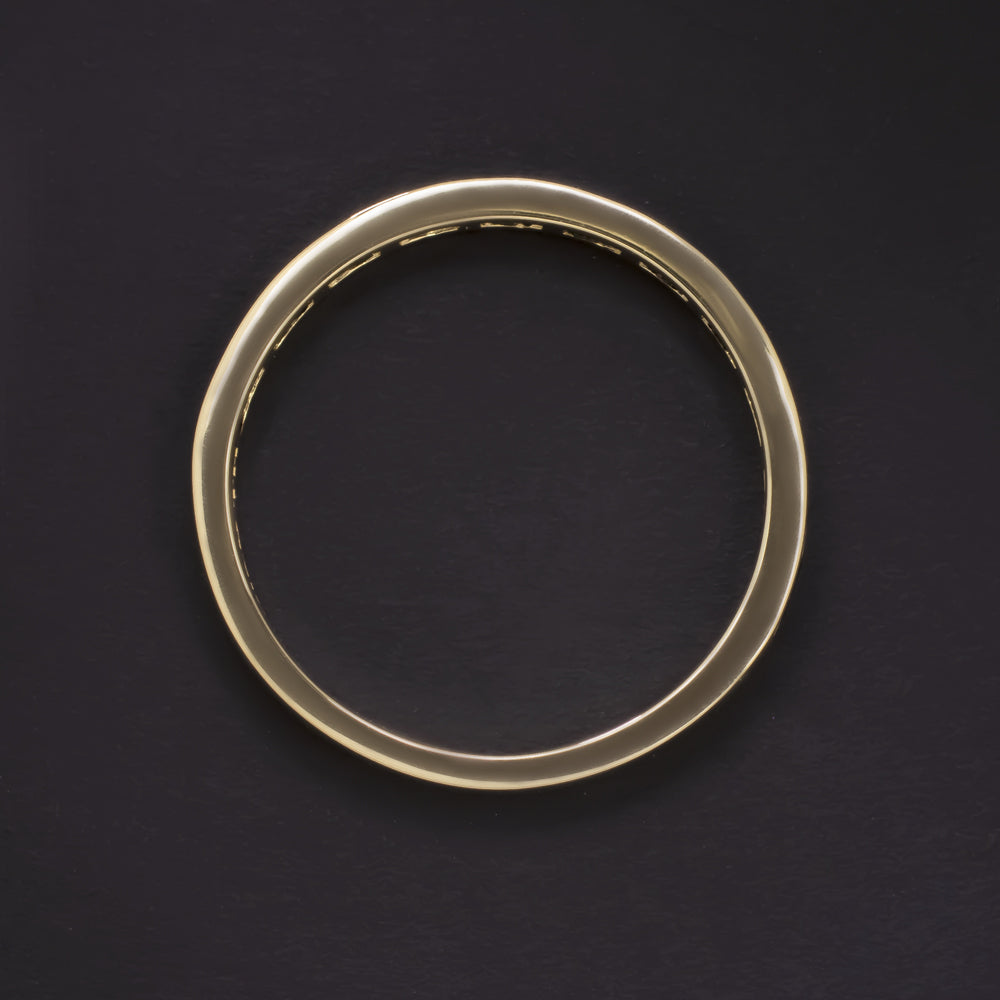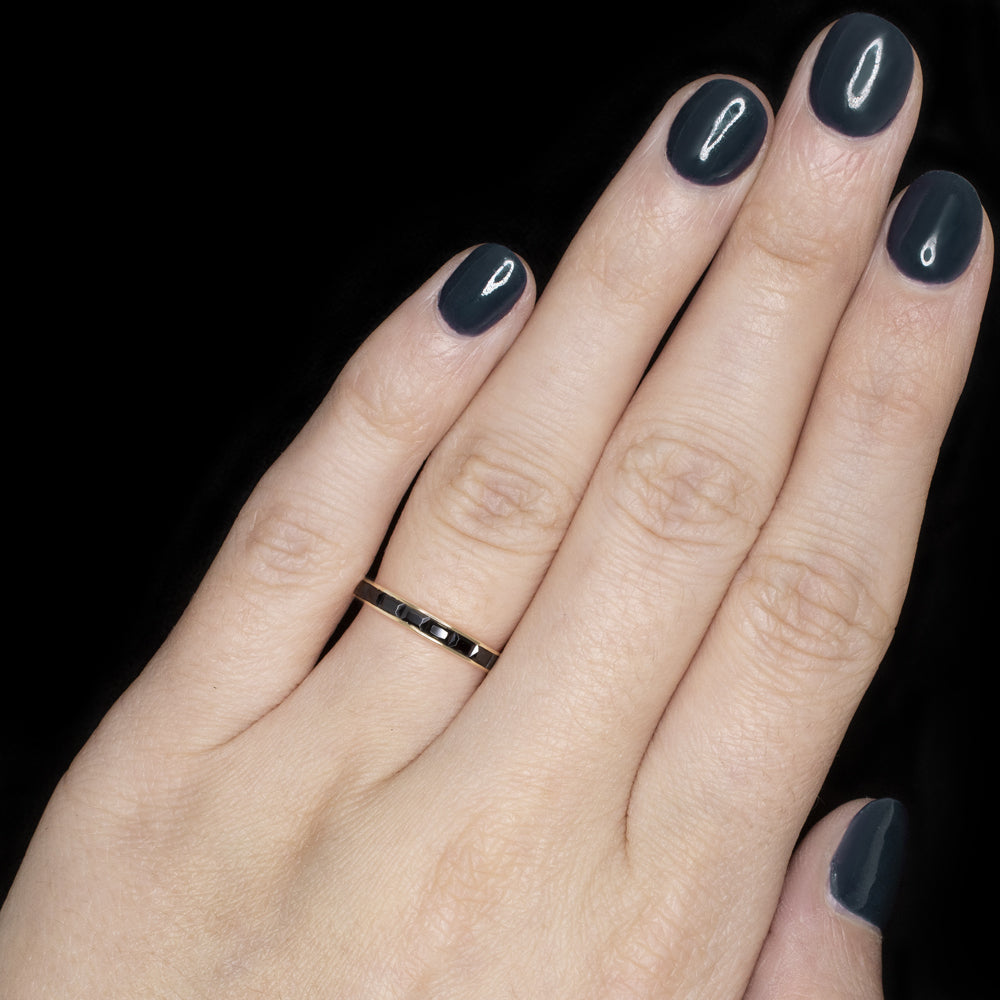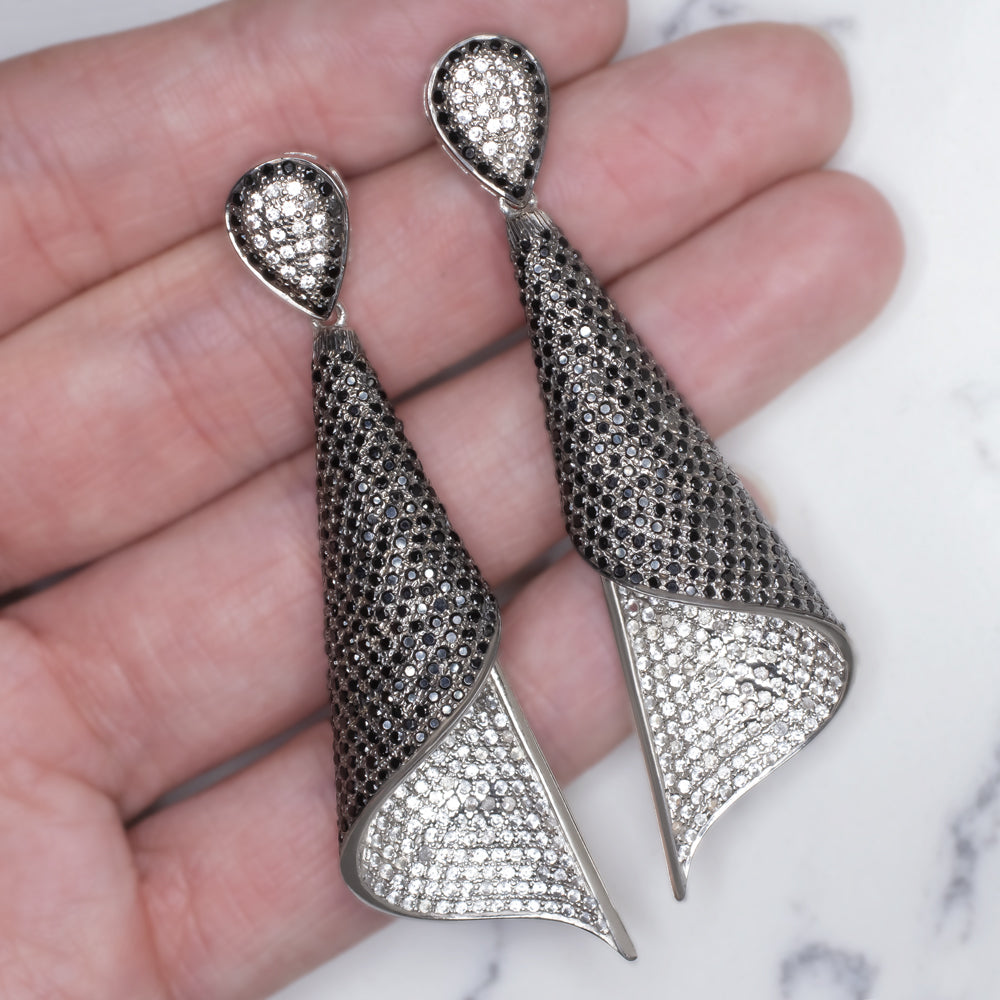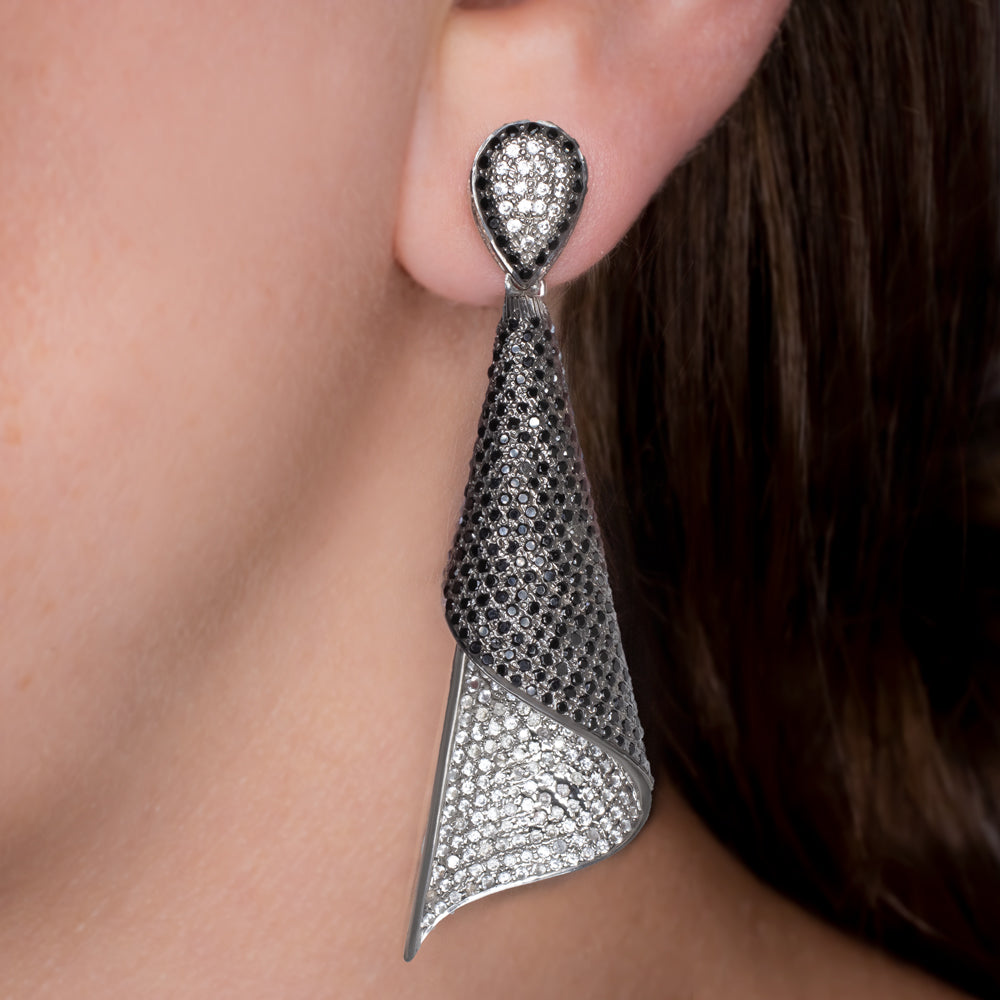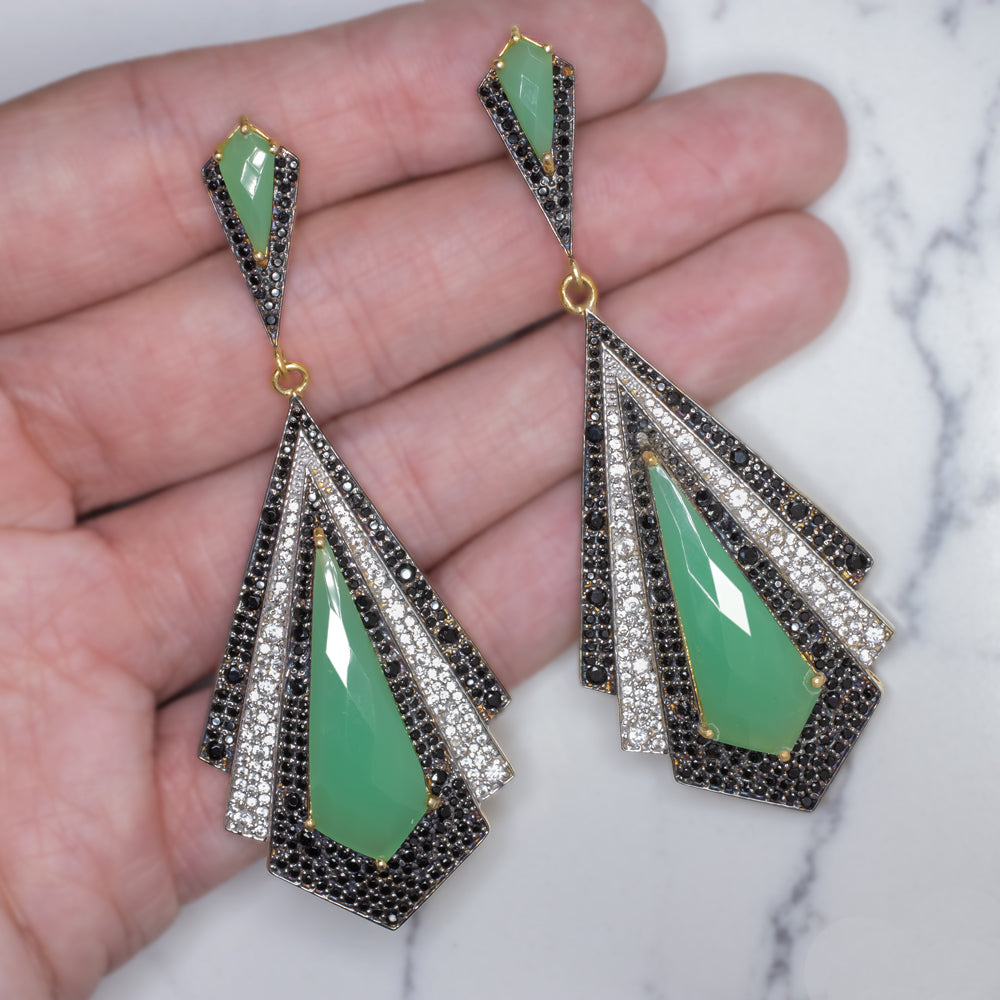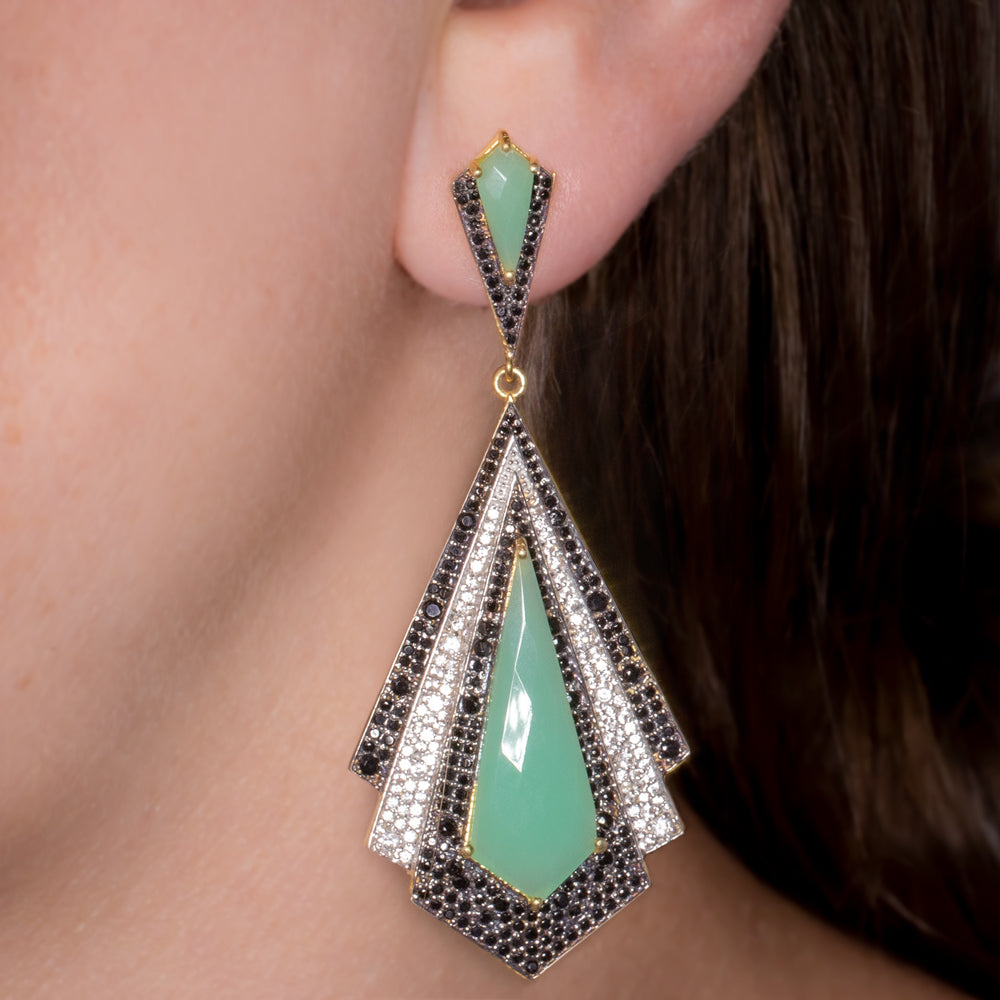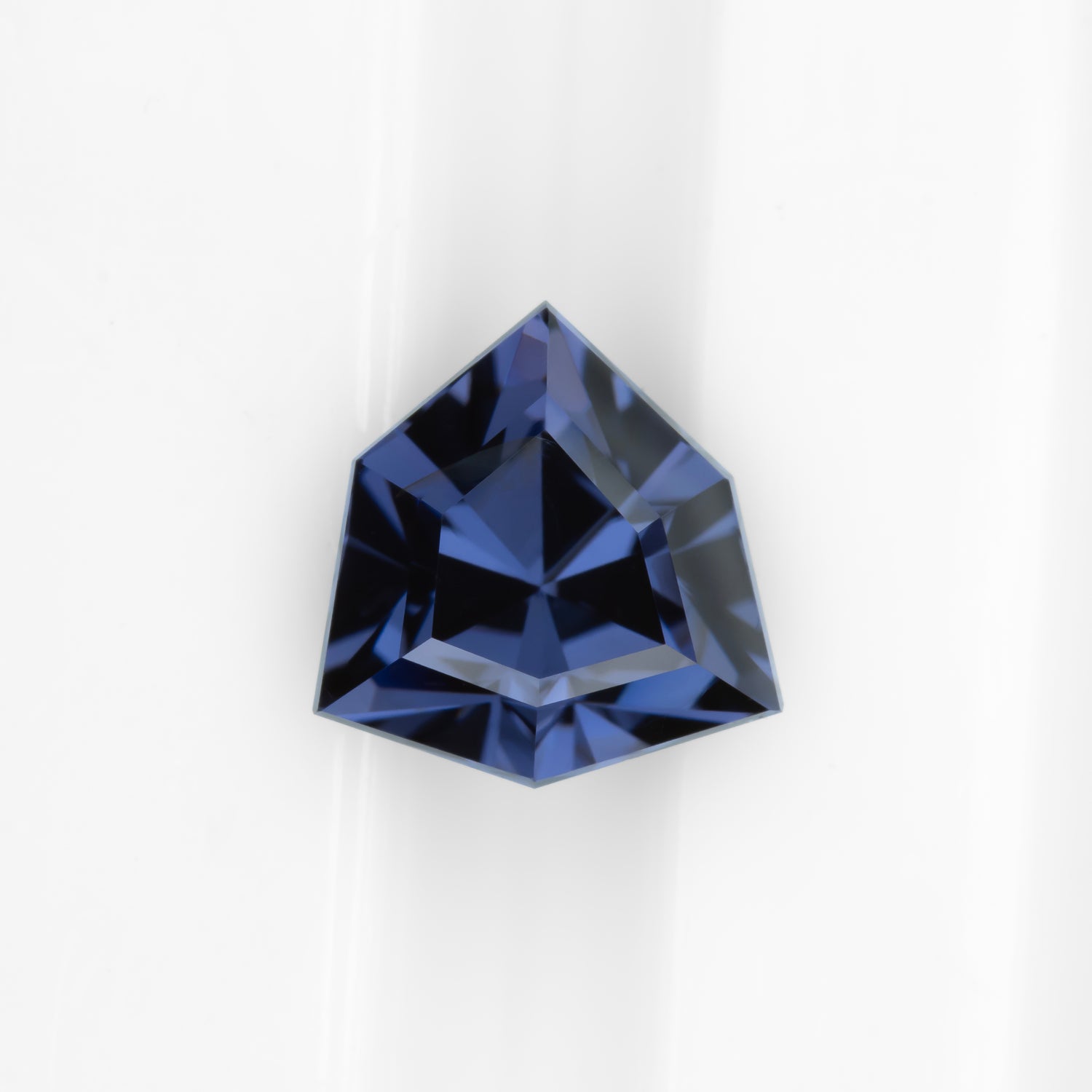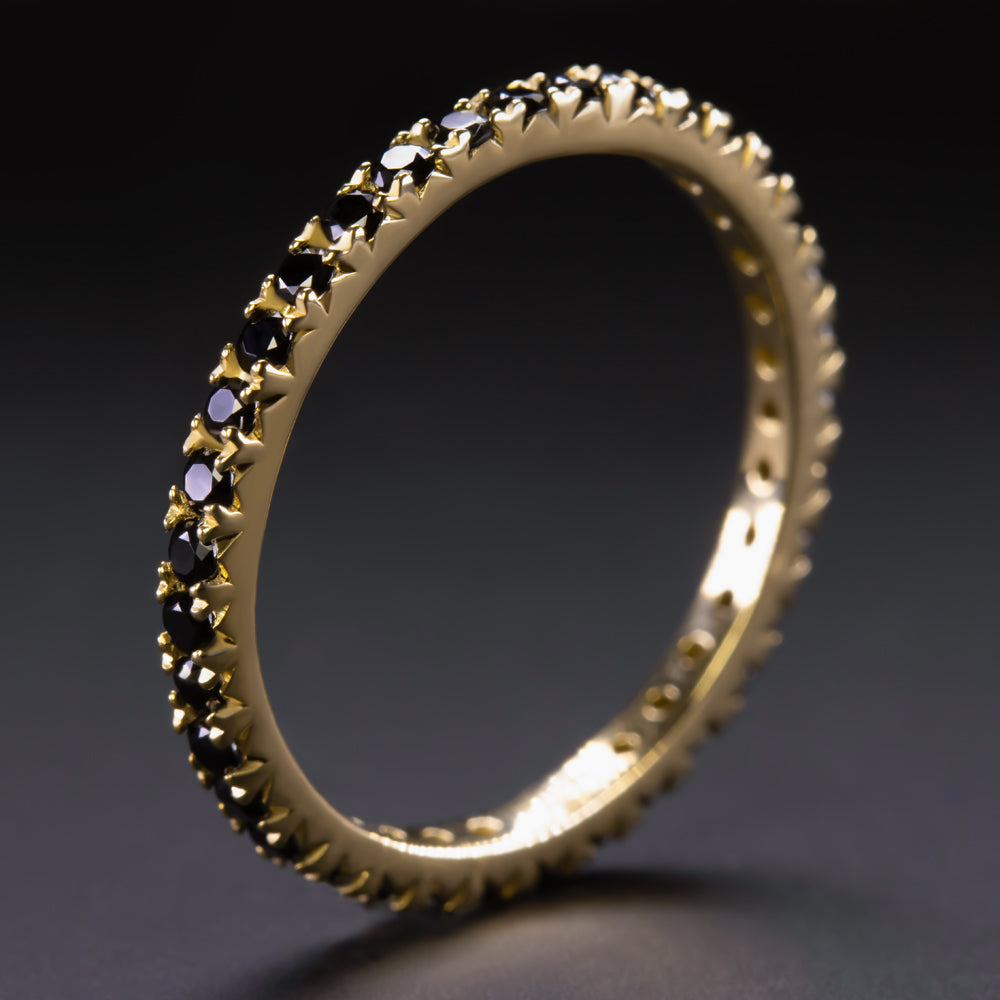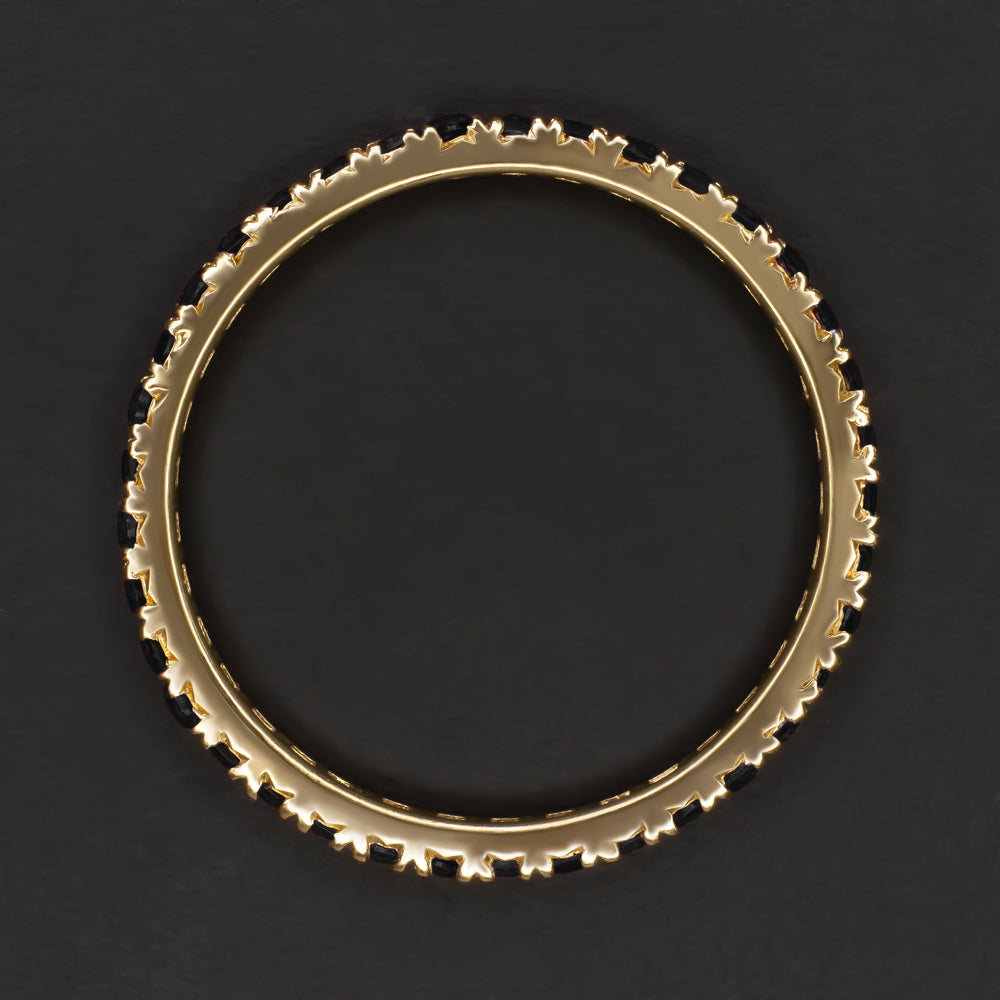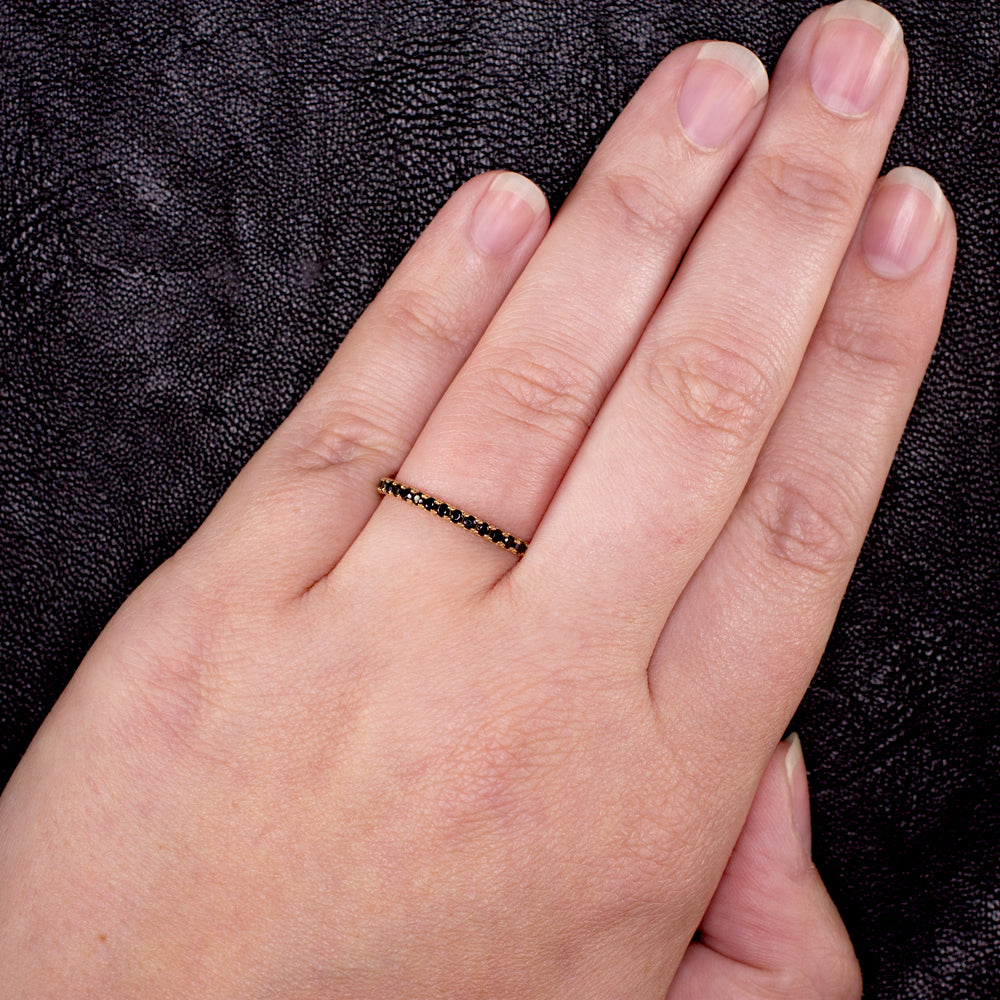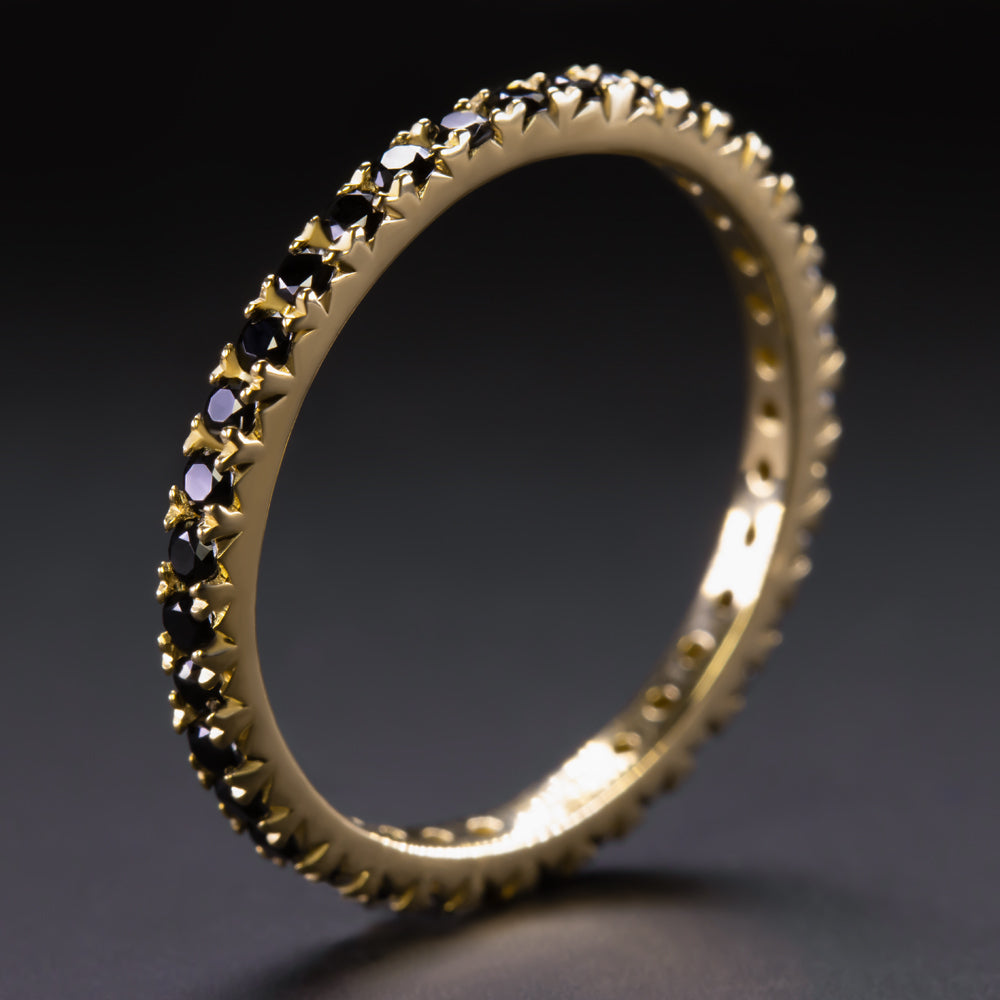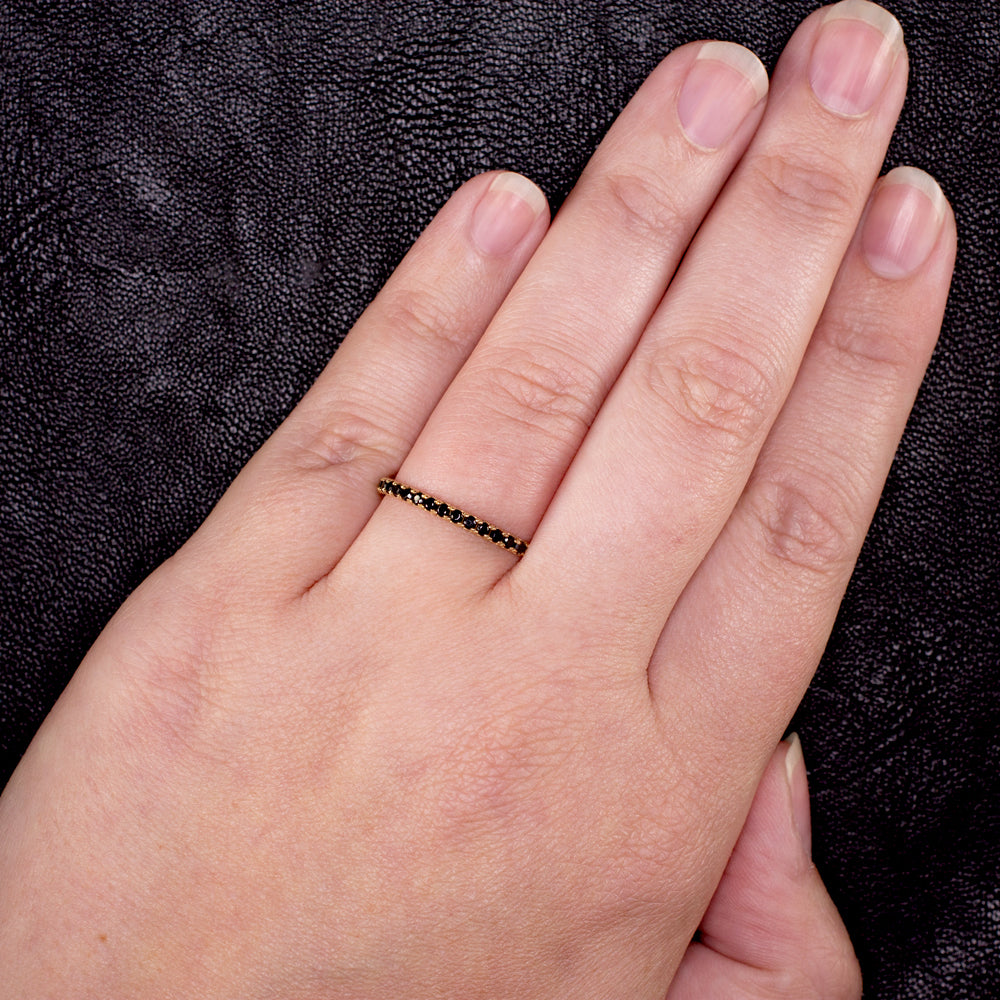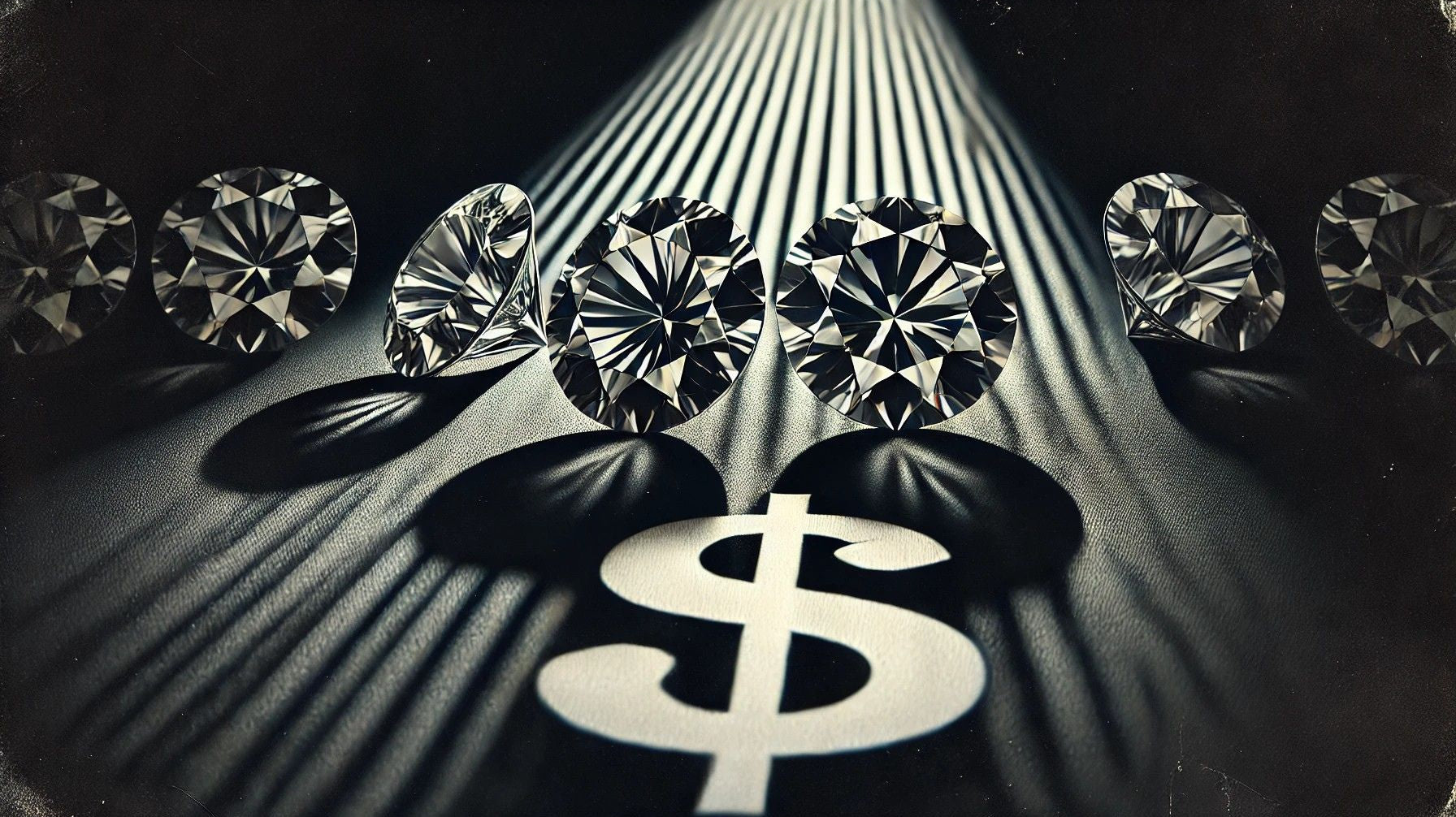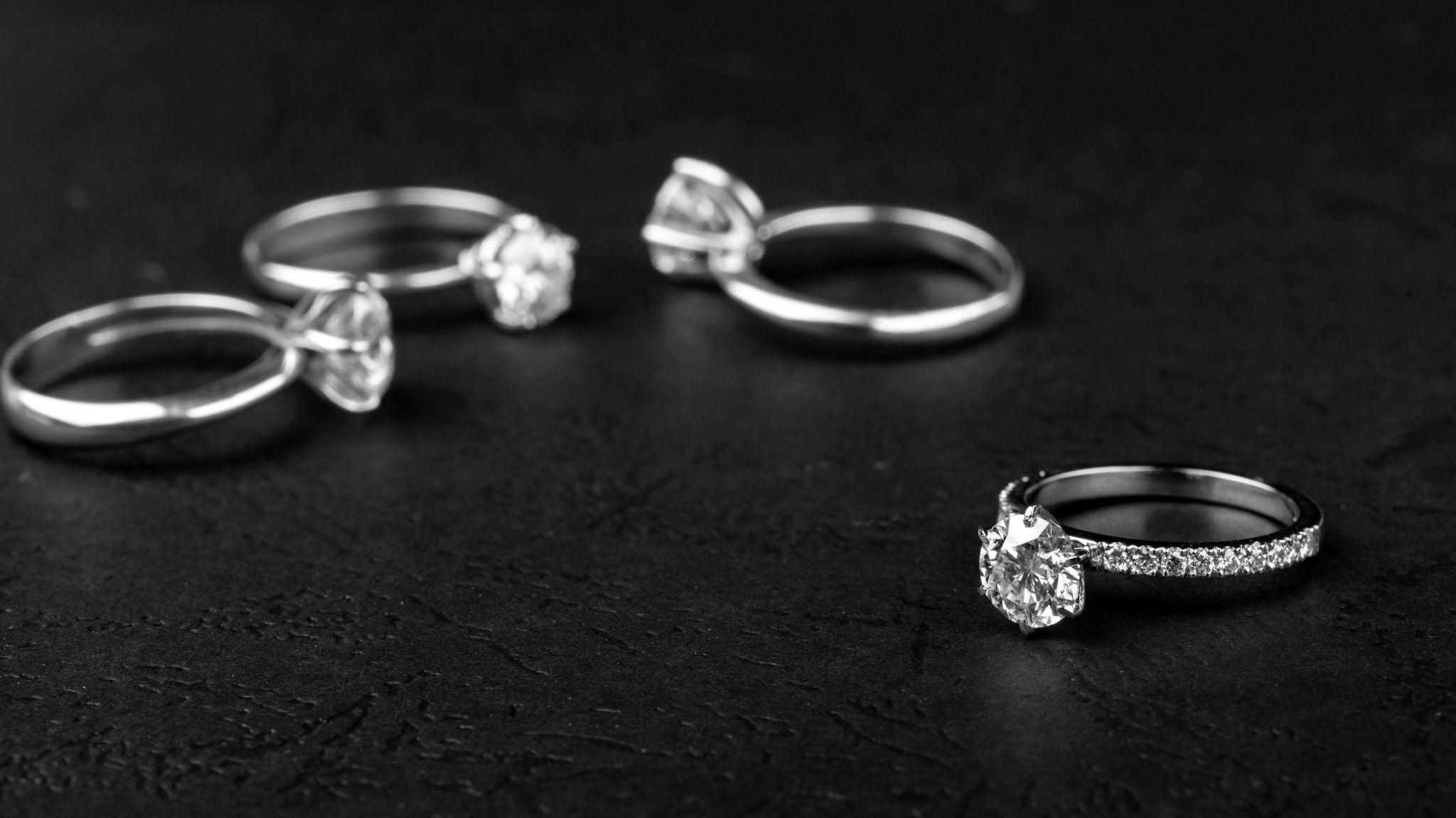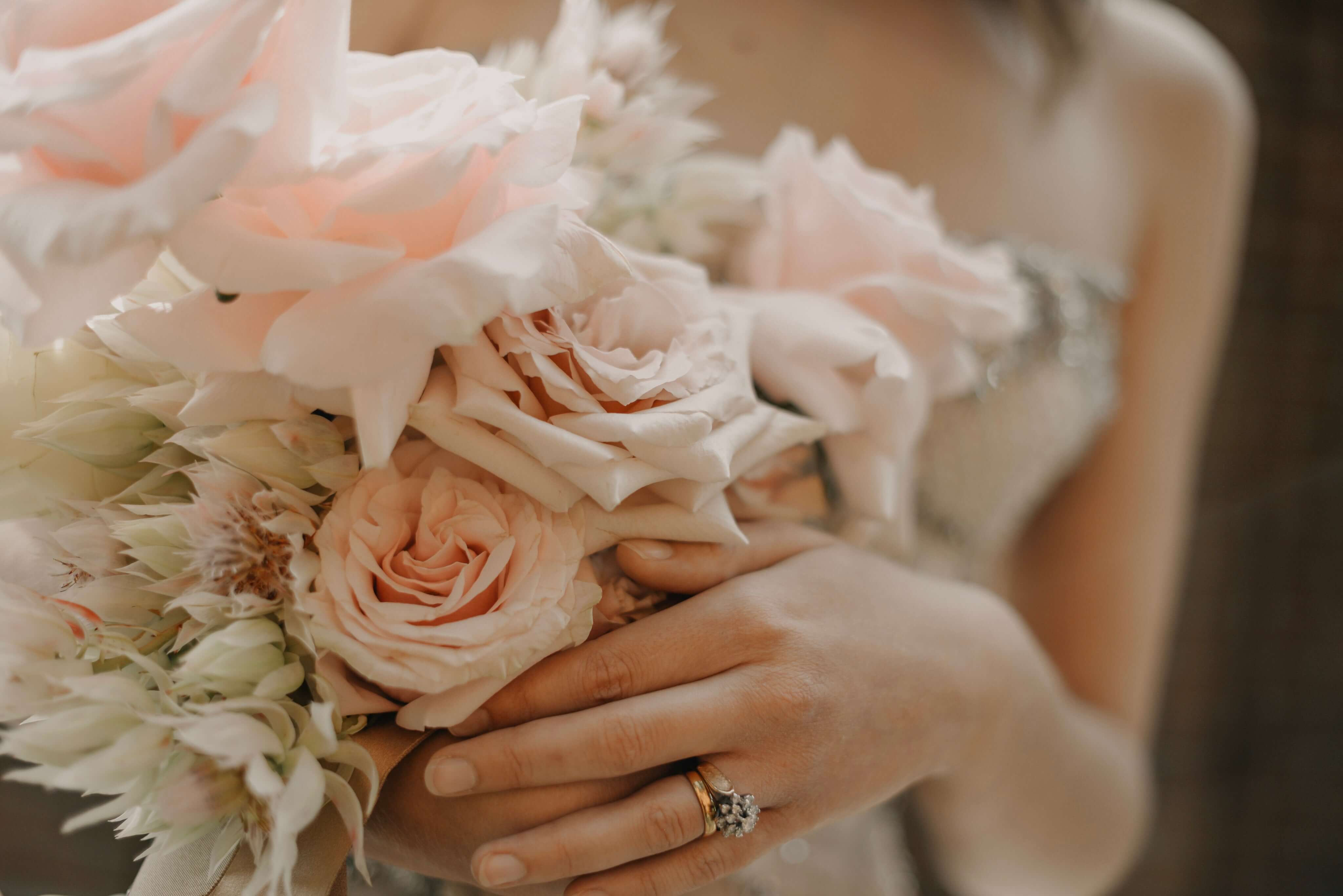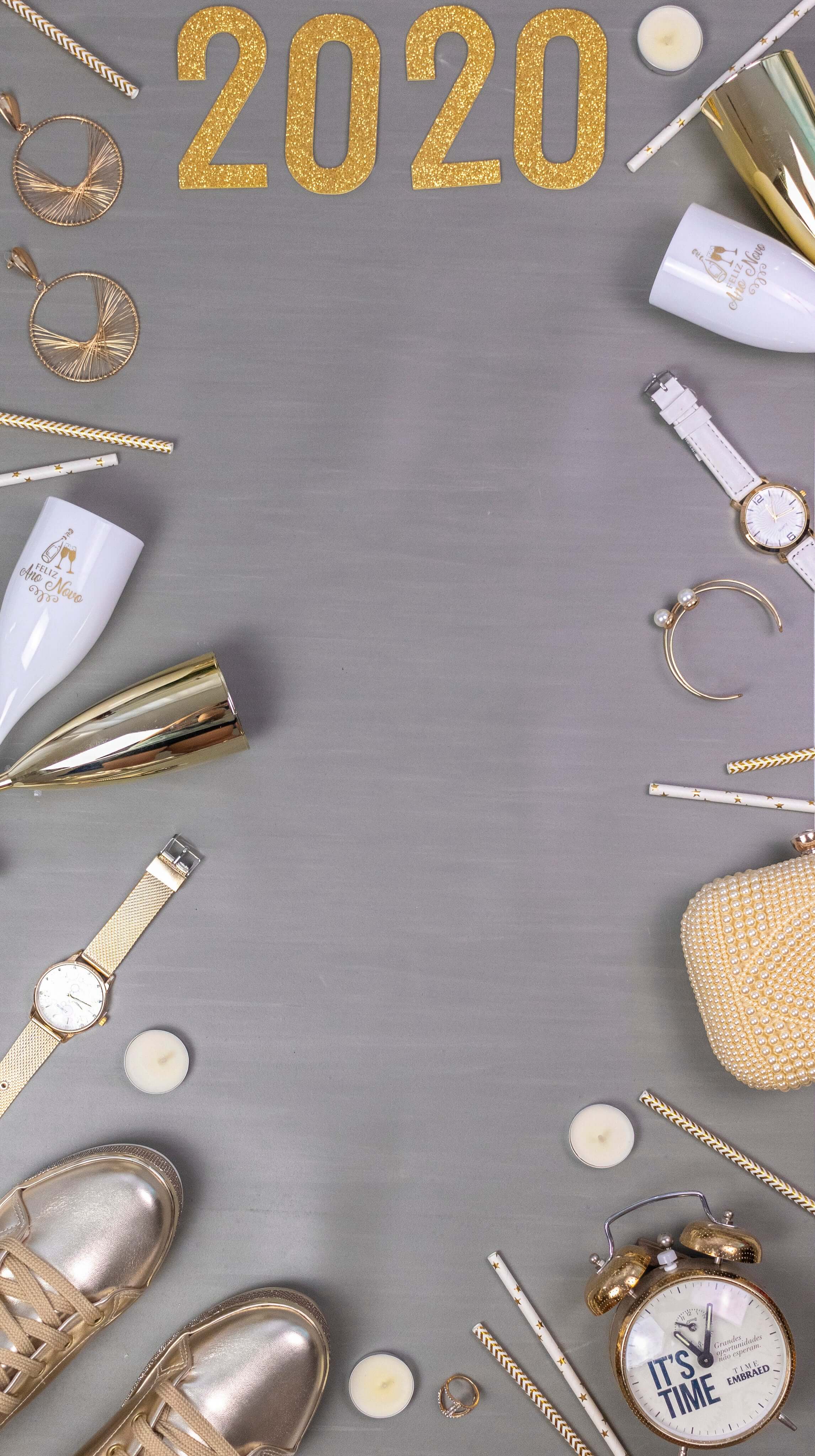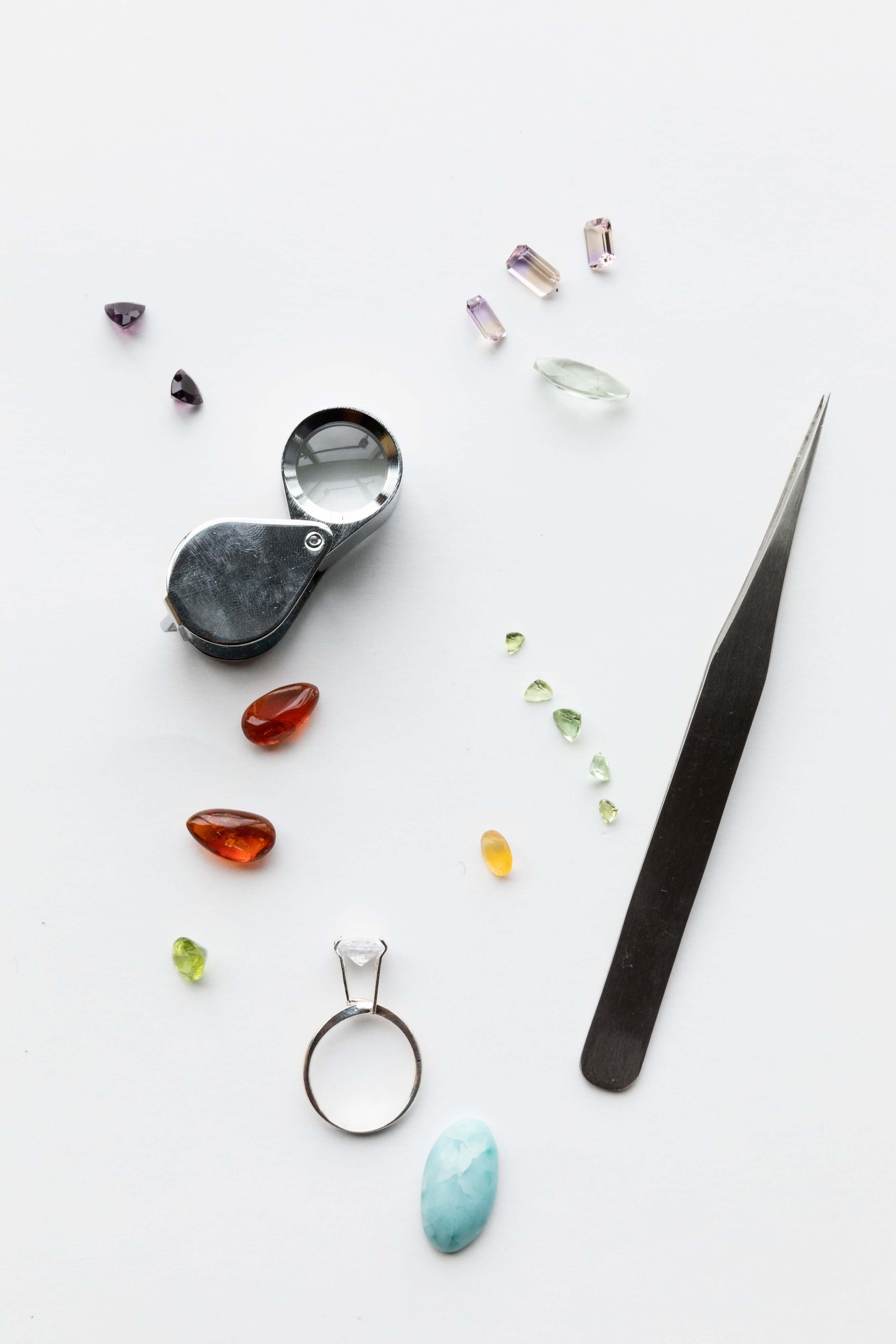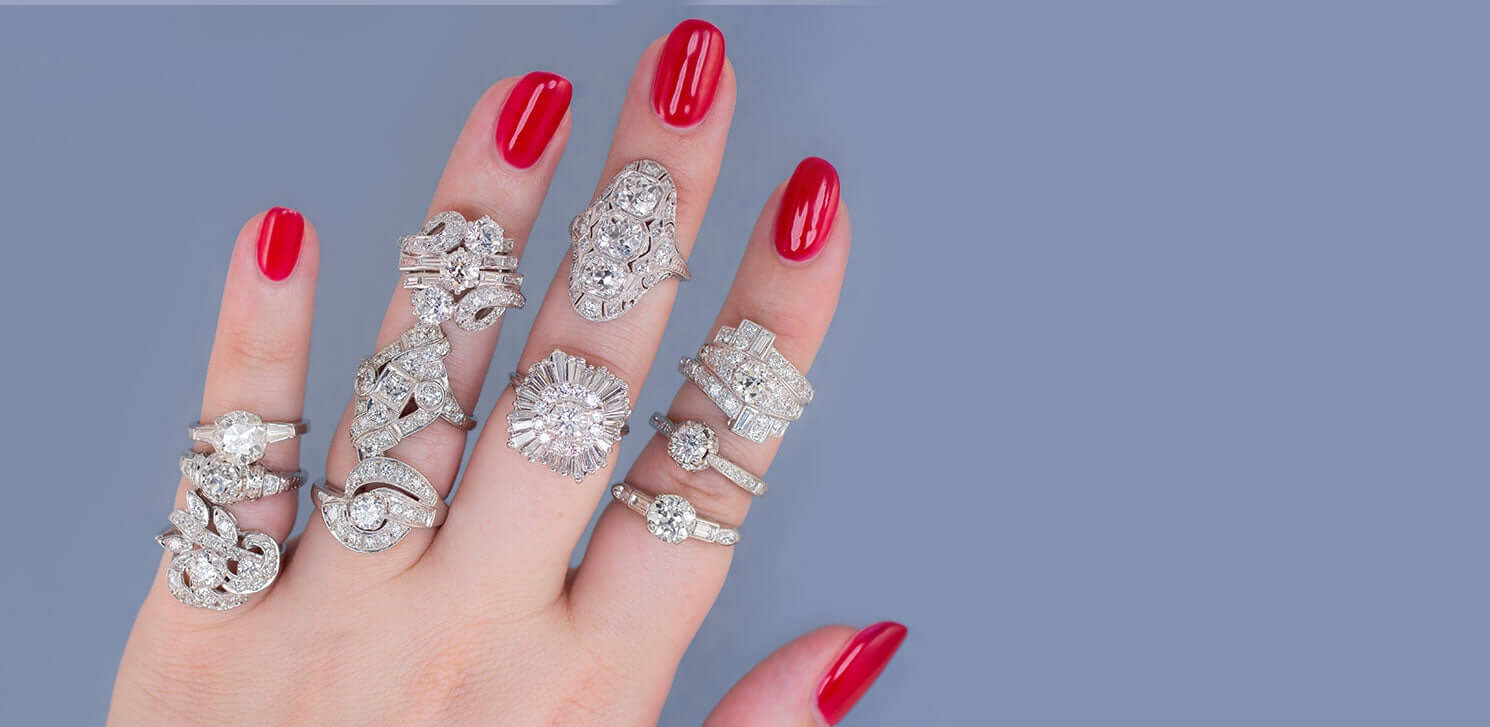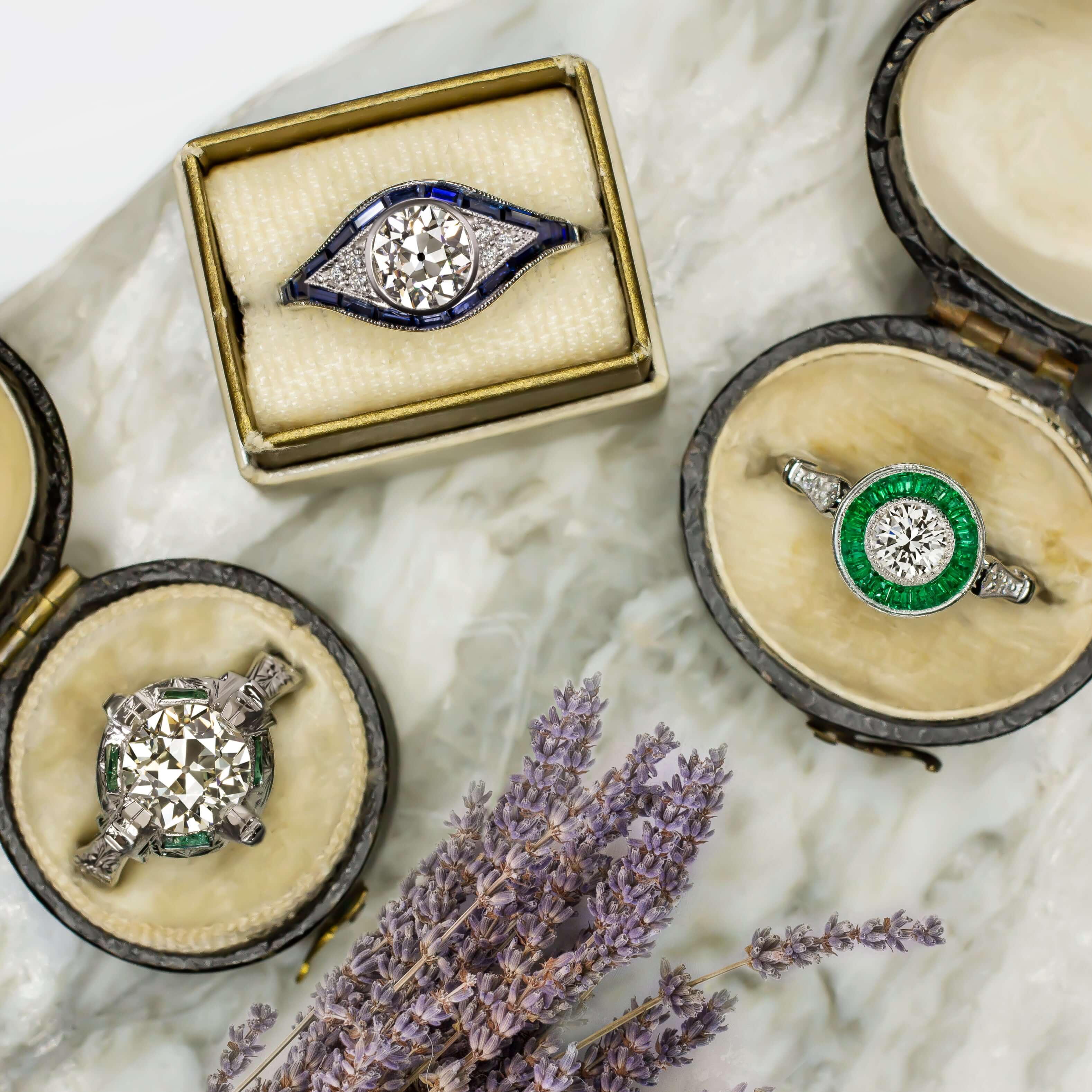Spinels
Among the most fascinating gemstones in the world, spinels hold a unique place. With their striking beauty and rich history, they have adorned crowns, inspired legends, and mystified gem enthusiasts for centuries. Often mistaken for other precious stones, spinels have a story that is as captivating as the gems themselves. This post delves into the history of spinels, exploring their origins, significance, and how they have come to be appreciated in the modern era.
Ancient Beginnings: The Mystique of Spinels
Spinels have been cherished for over two millennia, with their earliest known usage tracing back to ancient Rome. The name "spinel" is believed to have originated from the Latin word "spina," meaning thorn, possibly alluding to the pointed crystal formations found in some spinels. In ancient times, spinels were often confused with other gemstones, particularly rubies and sapphires, due to their similar colors and properties.
One of the most famous spinels in history is the Black Prince's Ruby, a magnificent 170-carat red spinel set in the British Imperial State Crown. This gem, acquired by Edward, the Black Prince in 1367, was long believed to be a ruby. Its true identity as a spinel was only confirmed centuries later, underscoring the frequent misidentification of these stones.
Middle Ages to Renaissance: Spinels in Royal Collections
During the Middle Ages and Renaissance, spinels were highly prized in Asia, especially by the Mughal emperors of India. Known as "Balas rubies" after the Balas region (present-day Badakhshan, Afghanistan) where they were mined, these gems adorned the crowns and jewelry of royalty. The Timur Ruby, a 352-carat red spinel now part of the British Crown Jewels, is another testament to the gem's historical significance.
Spinels were also favored in Europe, where they were often set in royal regalia and religious artifacts. The stone's vibrant hues and rarity made it a symbol of power and wealth, further cementing its status among the elite.

The Black Prince's Ruby is set at the center of the Imperial State Crown which was made for the coronation of Queen Victoria in 1838. It is one of the oldest gems in the Crown Jewels of the United Kingdom, first joining the collection in 1367.
The Age of Discovery: Scientific Distinction
The scientific study of gemstones advanced significantly during the Age of Discovery (15th to 17th centuries). Gemologists began to develop methods to distinguish between different types of stones. Despite this, spinels continued to be mistaken for rubies until the 18th century when French mineralogist Jean-Baptiste Louis Romé de L'Isle and later, mineralogist René Just Haüy, made strides in differentiating the two based on their crystal structures.
Spinels belong to the cubic crystal system, whereas rubies, a variety of corundum, form in the trigonal crystal system. This distinction helped gemologists and jewelers accurately identify spinels, paving the way for a better understanding of their unique properties.
Modern Appreciation: Spinels Today
Today, spinels are recognized and celebrated for their own merits. They come in a wide range of colors, including red, blue, pink, and even black. The gemstone's brilliance, hardness (8 on the Mohs scale), and relative affordability compared to rubies and sapphires make it an attractive choice for jewelry.
Modern gemologists and jewelers have a renewed appreciation for spinels, often highlighting their history and the once-common misidentification in marketing the stones. High-quality spinels, particularly those from Myanmar, Sri Lanka, and Tanzania, are in high demand.
Conclusion
The history of spinels is a fascinating journey from ancient mystique to modern acclaim. These gems, once overshadowed by rubies and sapphires, have emerged as treasured jewels in their own right. Whether found in royal collections or modern jewelry, spinels continue to captivate with their vivid colors and storied past. As more people discover the allure of spinels, their legacy as one of the world's most enchanting gemstones is assured.
Recent posts
Where to Find an Engagement Ring Like Taylor Swift’s
Let's break down the design and show you how to recreate the look!
Why Diamonds Are a Smart Investment
While traditional investment options like stocks, bonds, and real estate fluctuate with market trends, diamonds hold a distinct position as a tangible, portable, and enduring store of wealth.
The Smart Investment: Rising Gold Prices vs. Platinum Value
Gold has long been a symbol of luxury, but its soaring prices have changed the jewelry market landscape. With gold costs on the rise, the price difference between gold and platinum is shrinking. This shift means that for only a slightly higher investment you can enjoy the many advantages that platinum offers over gold.

